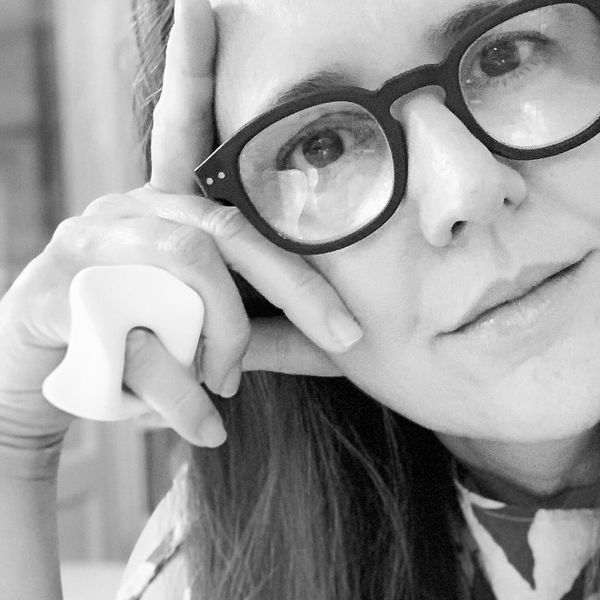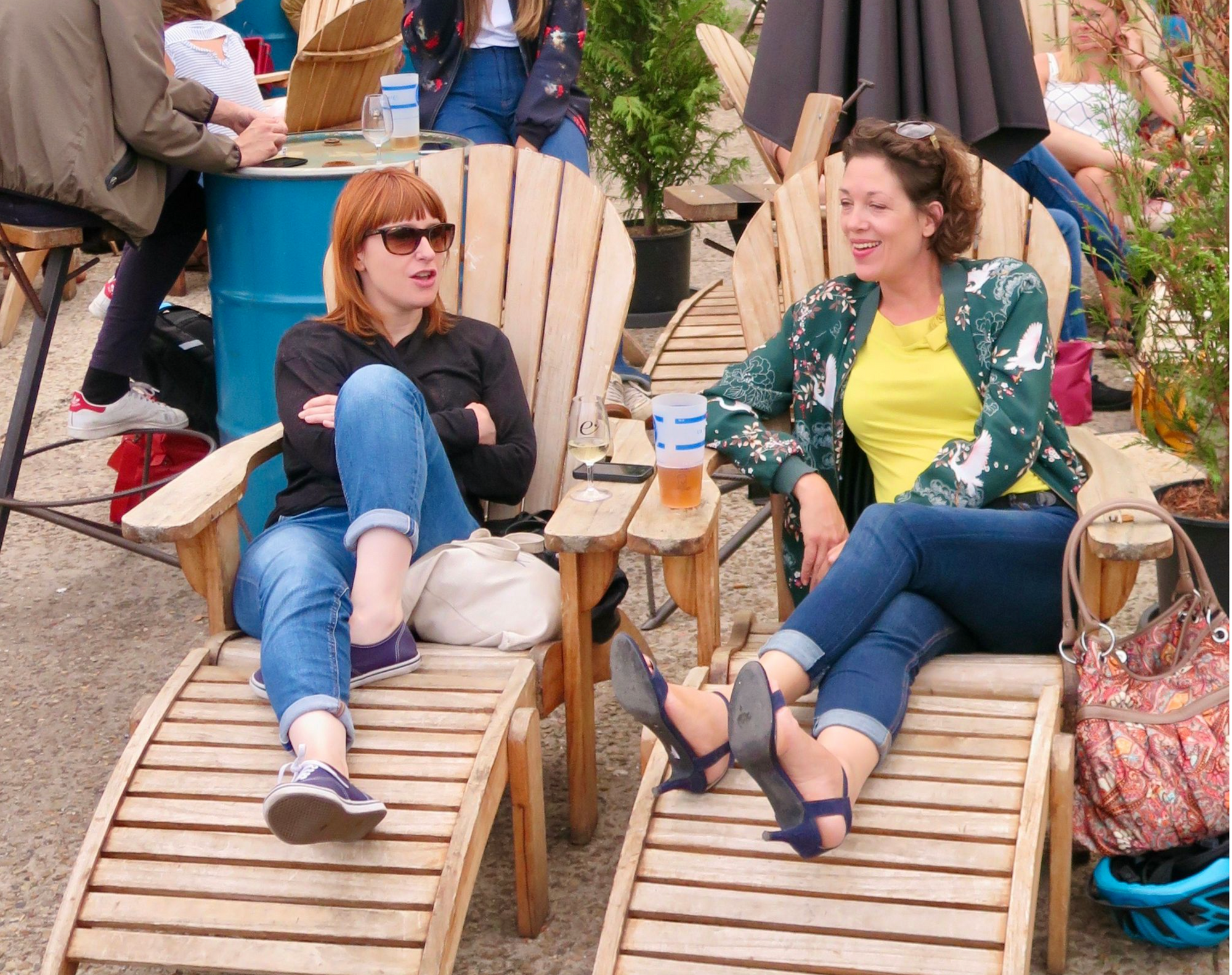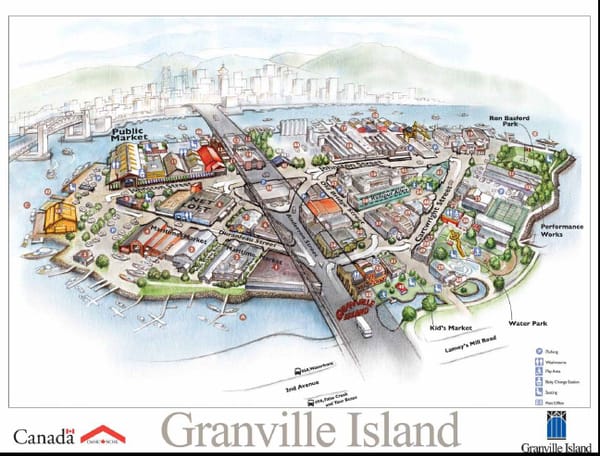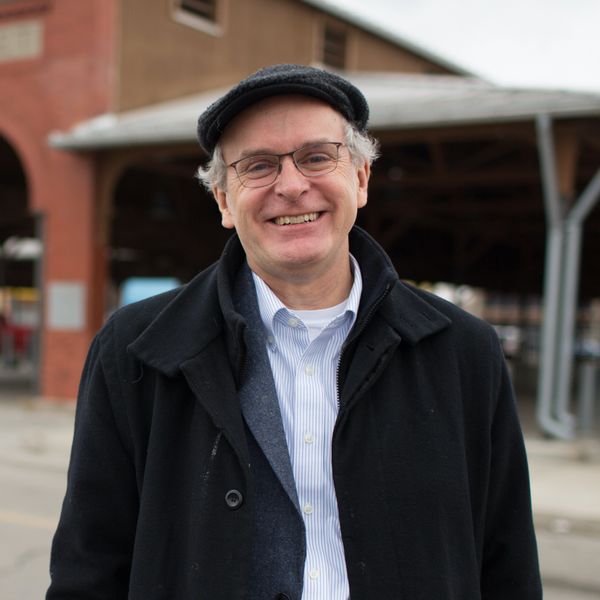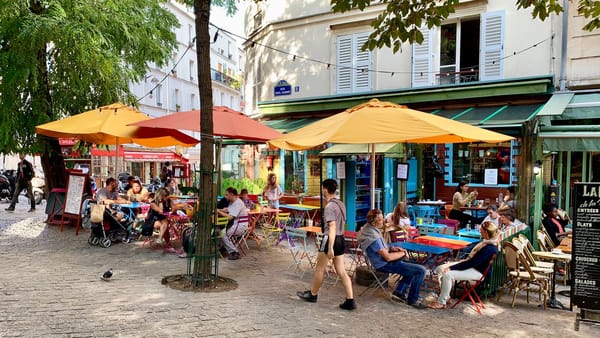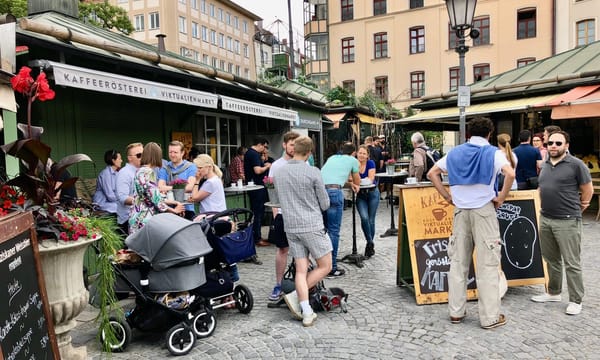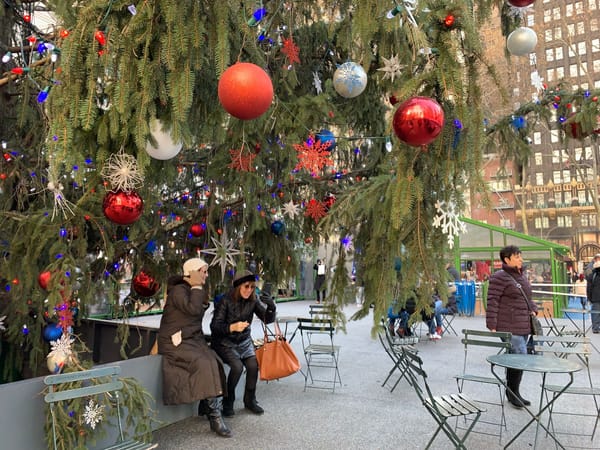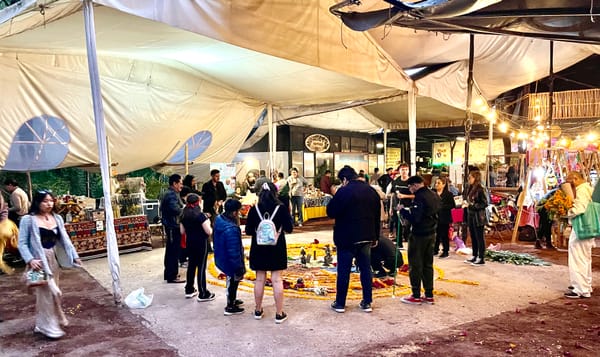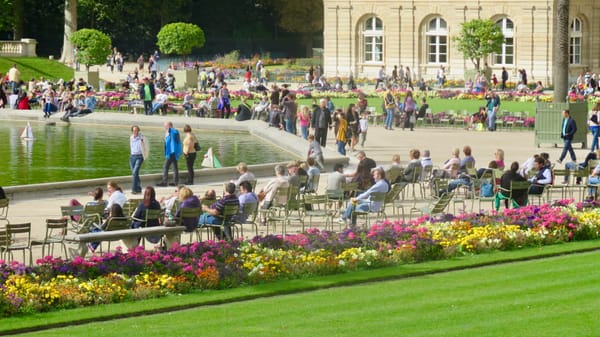In our 40 years of travels around the world, we have taken nearly a million photos of how people live their lives in social places. Each photo tells a story, not only of that one captured moment, but of the broader context of people's lives and the powerful role that social places play in them.
This is a collection of images of how women of all ages and backgrounds use public spaces around the world. To us, each image opens the door for a deeper discussion on women's interactions with their environment – how they influence it and how it influences them. We encourage you to reflect on the story behind each photo. Reflecting on and having conversations about how we exist within our communities is the first step in creating better public spaces that we can all enjoy and benefit from.
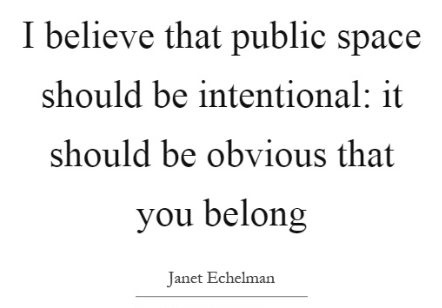
What makes a public space work for women?
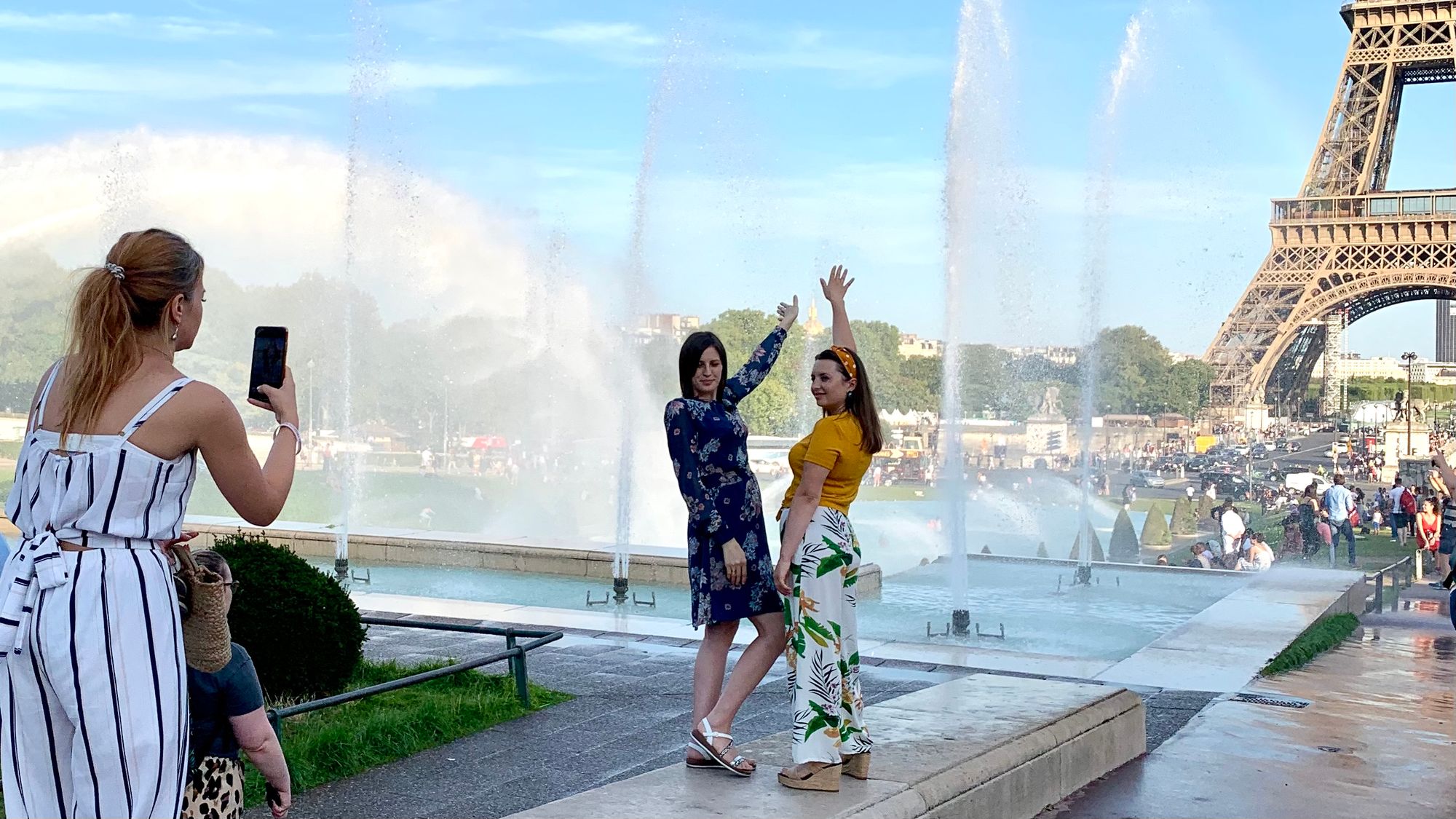
Women generally navigate a different set of social situations in public spaces – which means that the way that they use spaces is unique, and requires dedicated attention. To make public spaces truly gender-inclusive, a certain set of considerations for accessibility, services, and amenities need to be made. In this article, we explore places that seem to work for women, and try to get to the heart of what they get right.
Women: Both Masters of and Careful Guests in their Environments
These images show the two ends of the spectrum of how we exist in public places: on one side, comfort and connection: on the other, caution and fear. Creating spaces where women feel a sense of belonging is crucial not only for inclusion, but for public spaces that truly thrive.
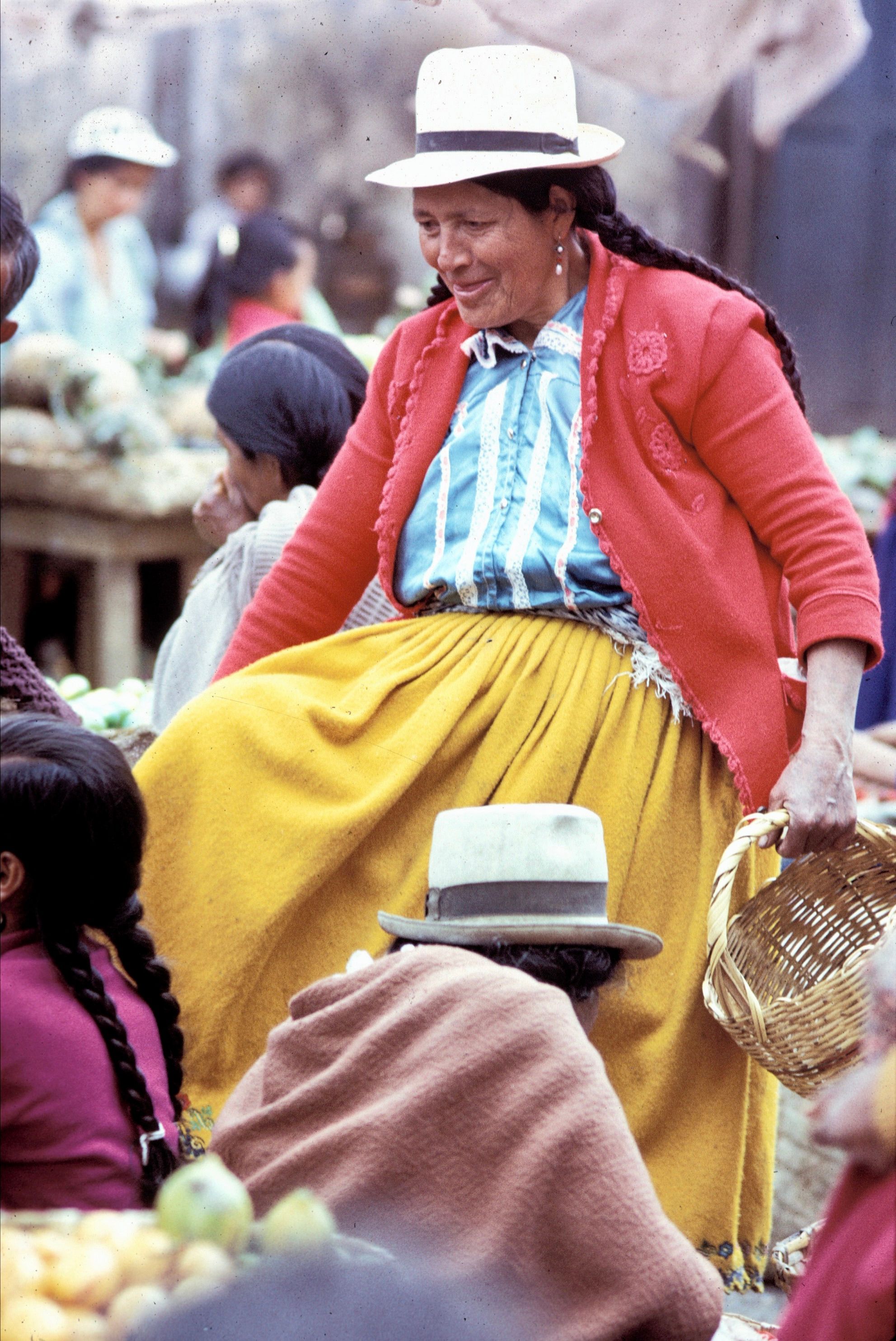
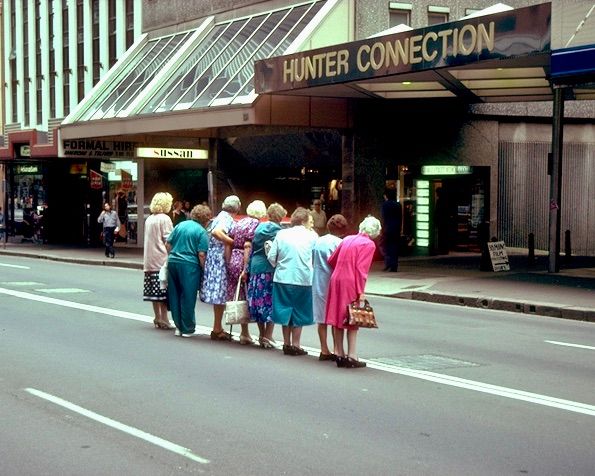
Safety and Comfort
Safety and comfort of any social environment can be measured by who chooses to use the space. Women relaxing in and enjoying a place is often a key indicator of how safe and pleasant it is.
Amenities that allow us to feel comfortable in a public space, such as flexible and enjoyable seating options and lighting, communicate to us that our comfort and safety is valued and therefore make us feel welcomed there. The images below convey this sense of peace and comfort we all crave, as experienced by women in the space.
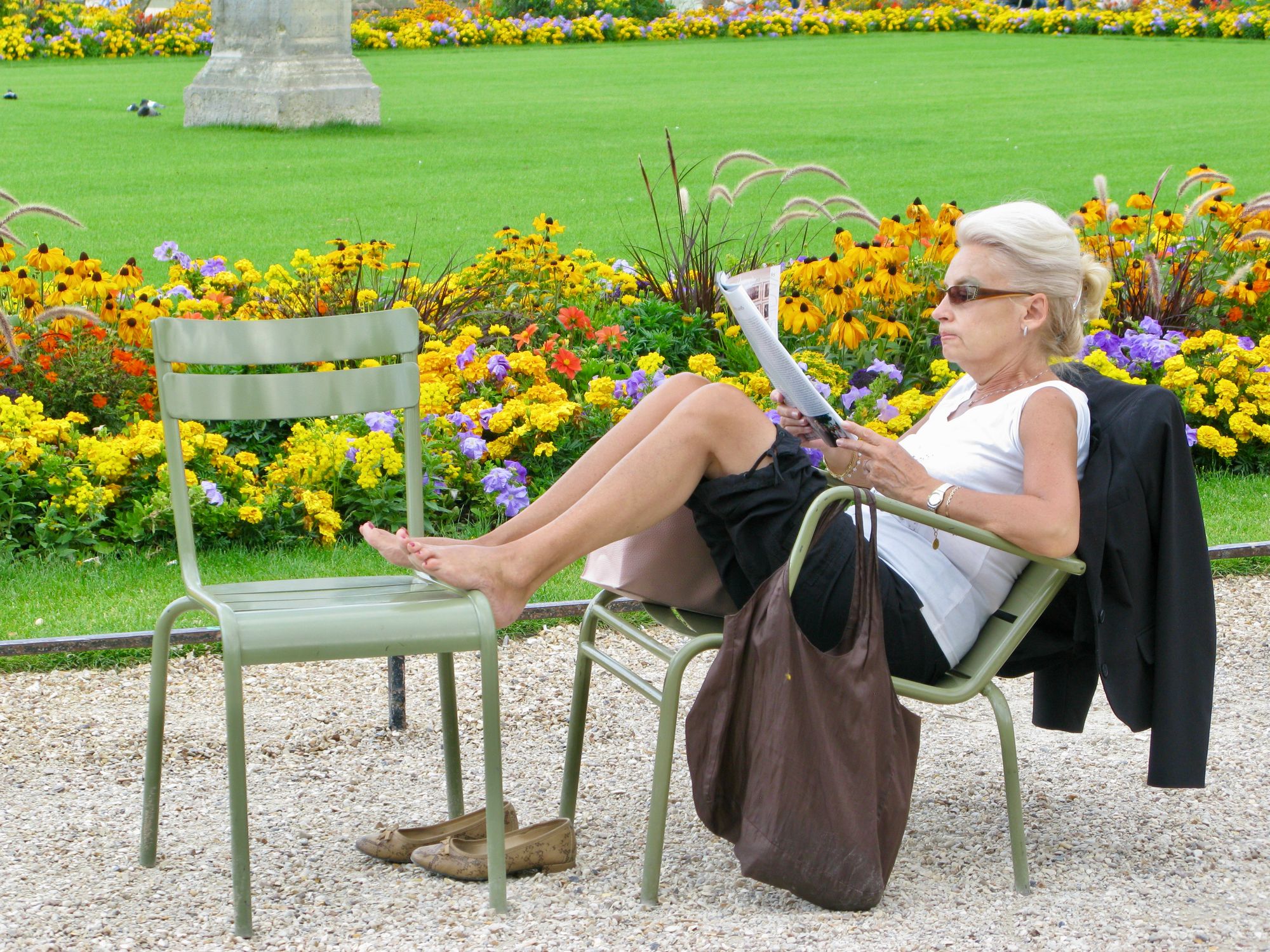
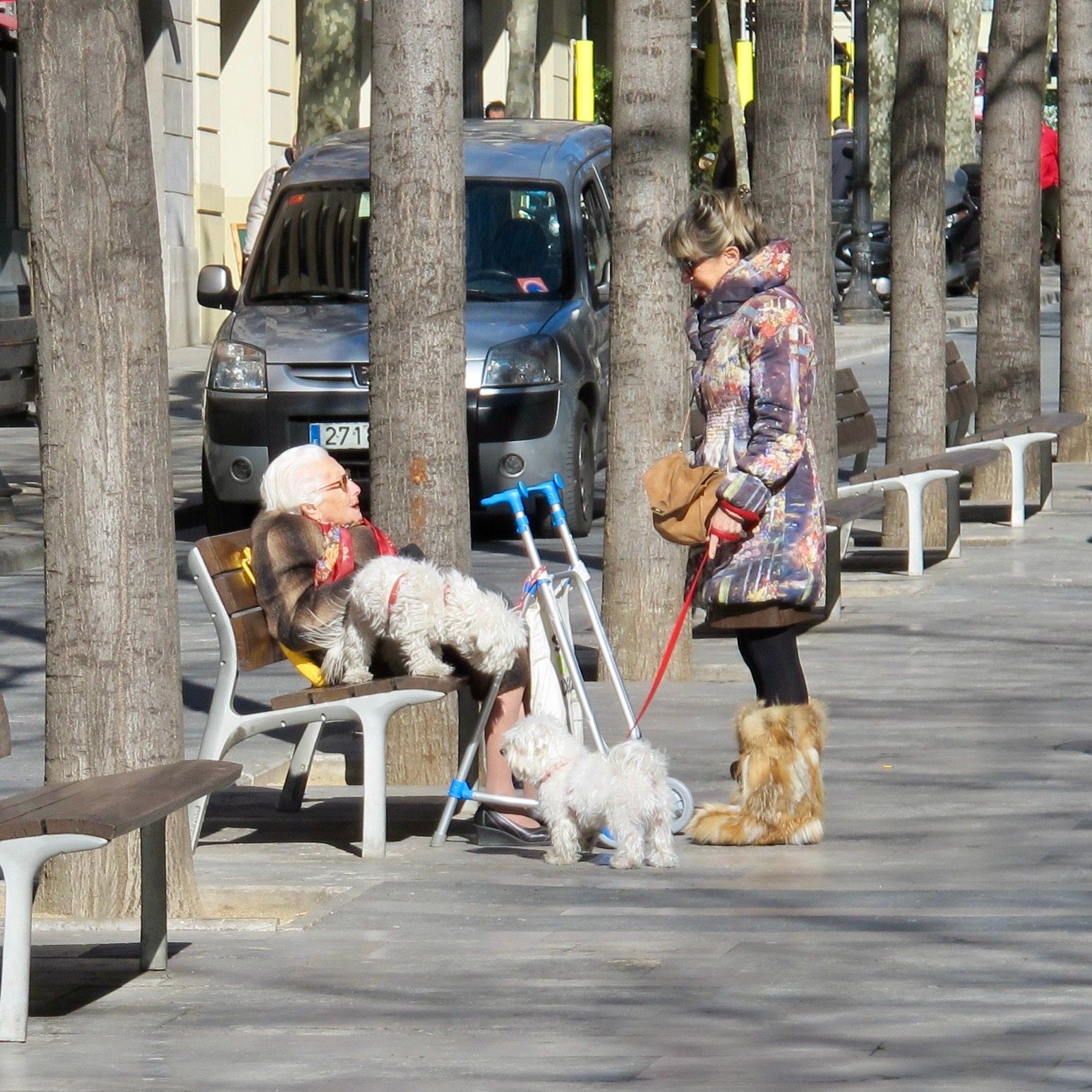
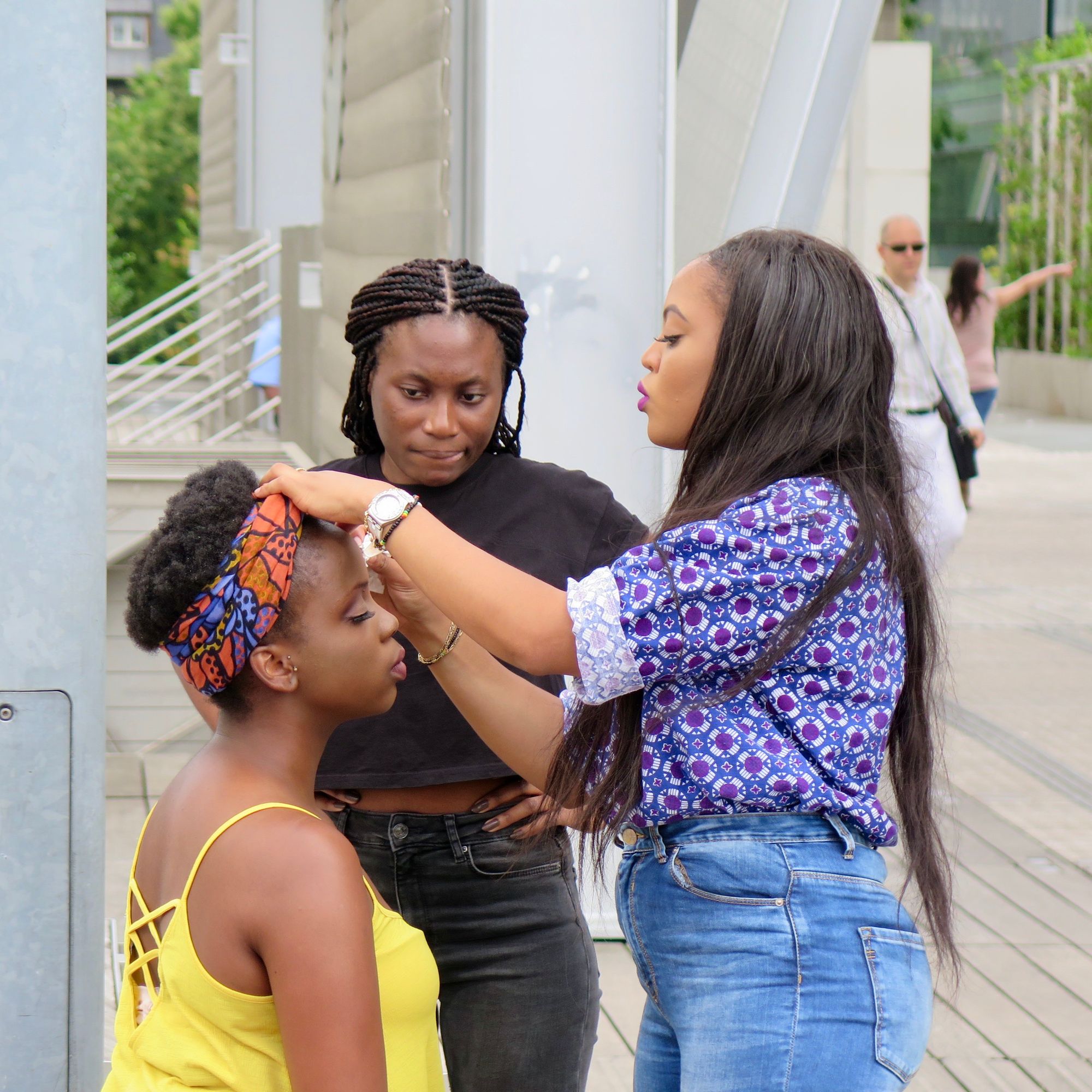
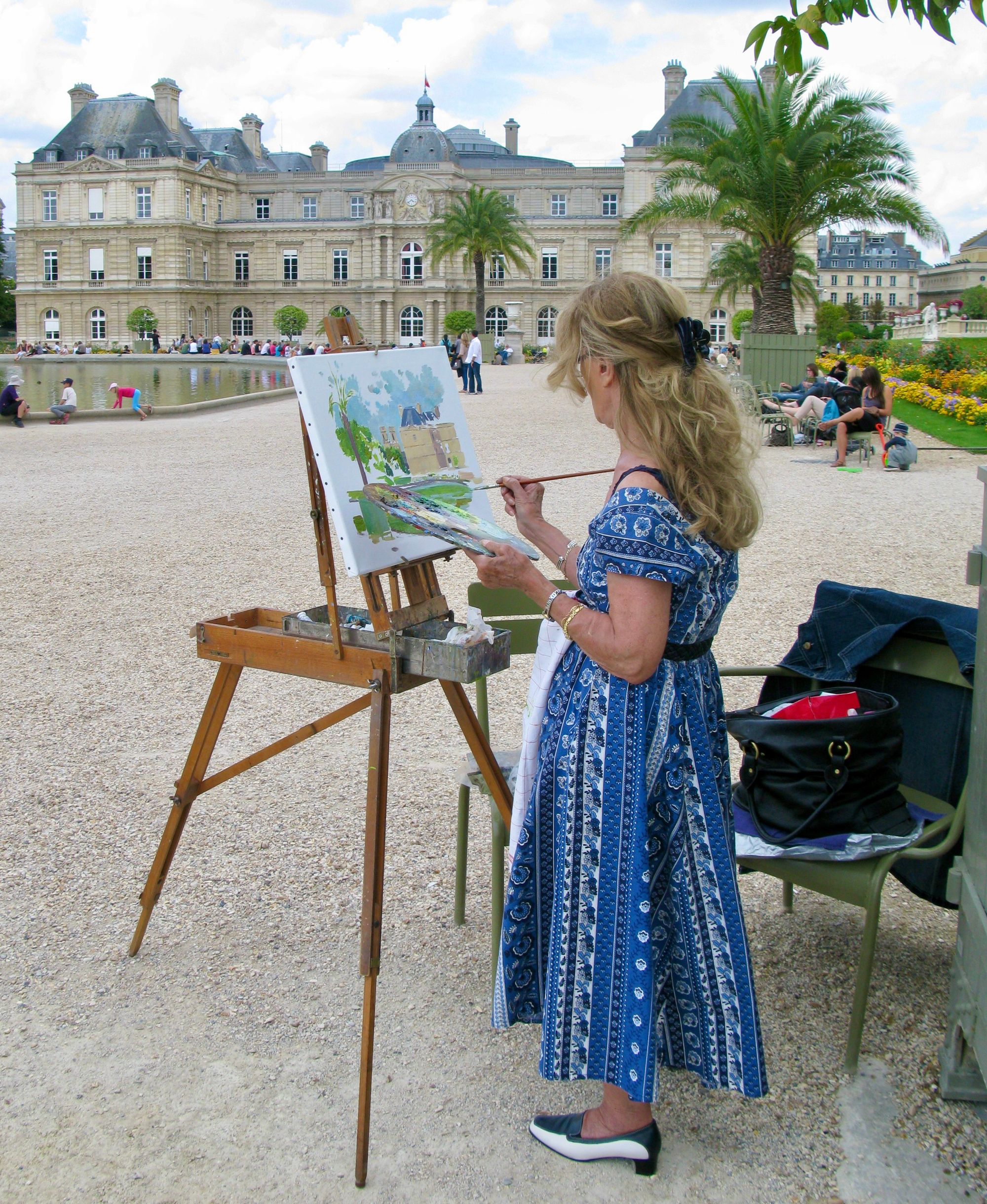
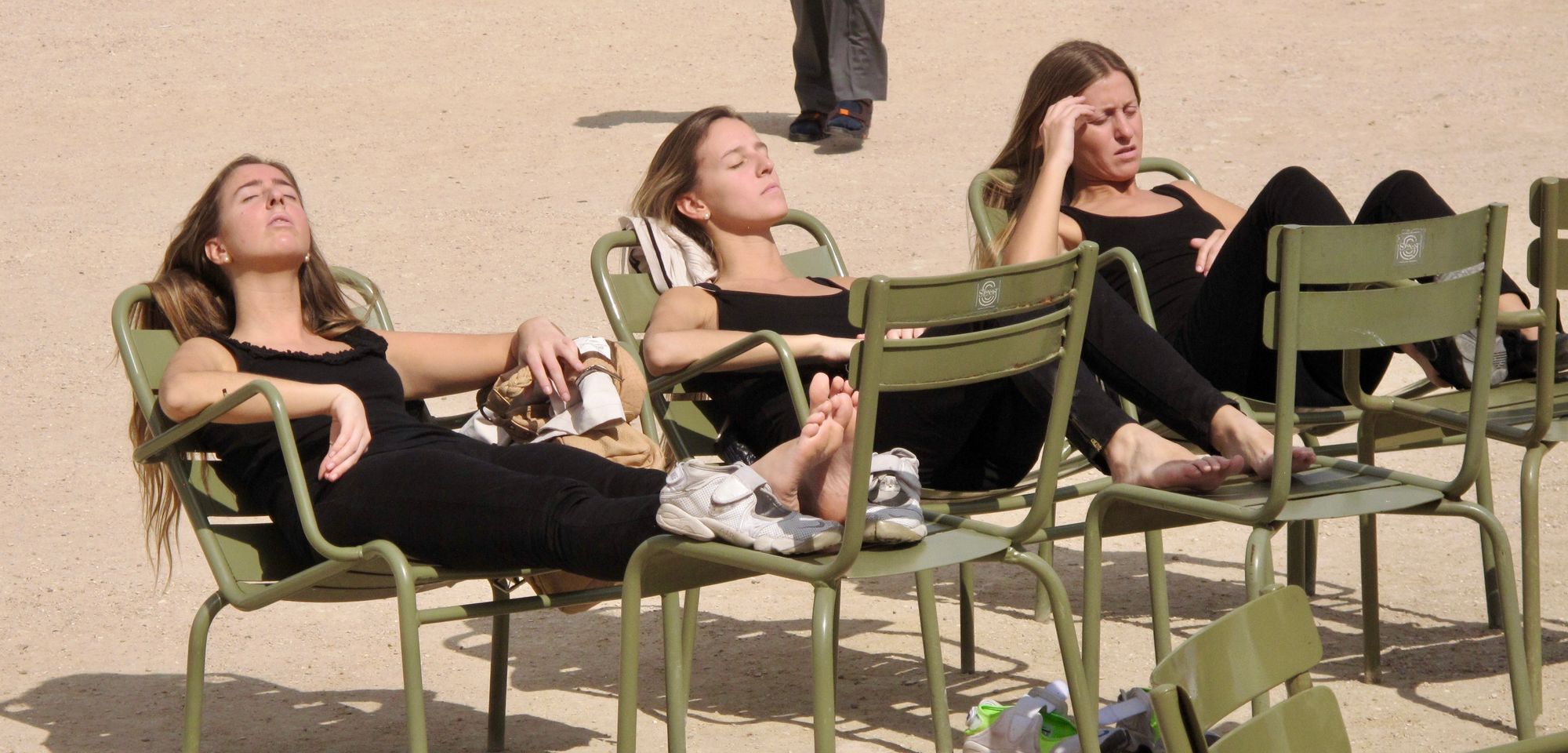
Women have the power to immediately make an open space feel welcoming and friendly. Their presence can transform a place into somewhere in which people feel comfortable just being.
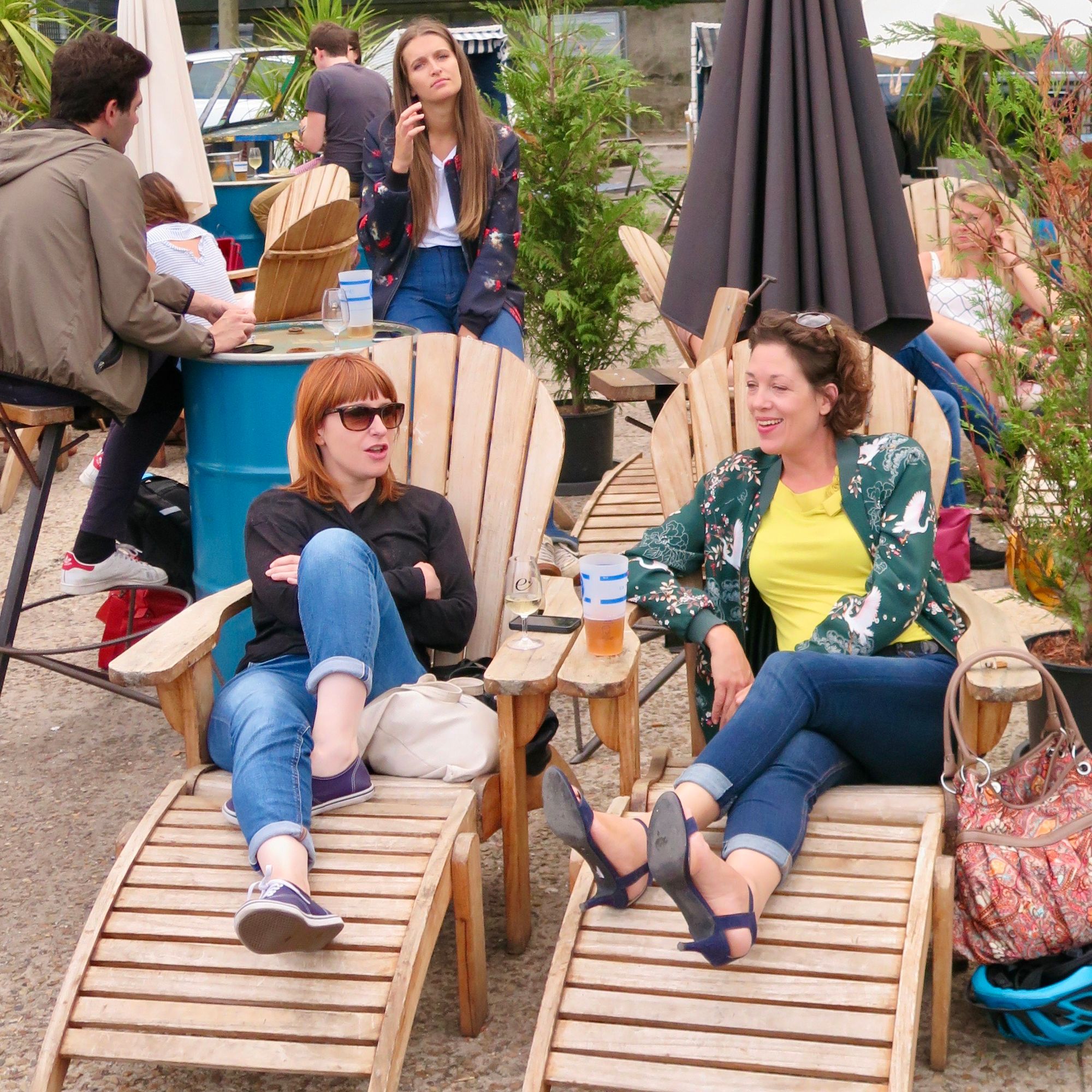
In Commercial Life
The way women navigate through public spaces also translates to markets and vending – both on the selling and buying side. In fact, core tenets of the "Women's Right to the City" Manifesto include support for economic autonomy and "equitable and affordable access to goods, public services and opportunities."
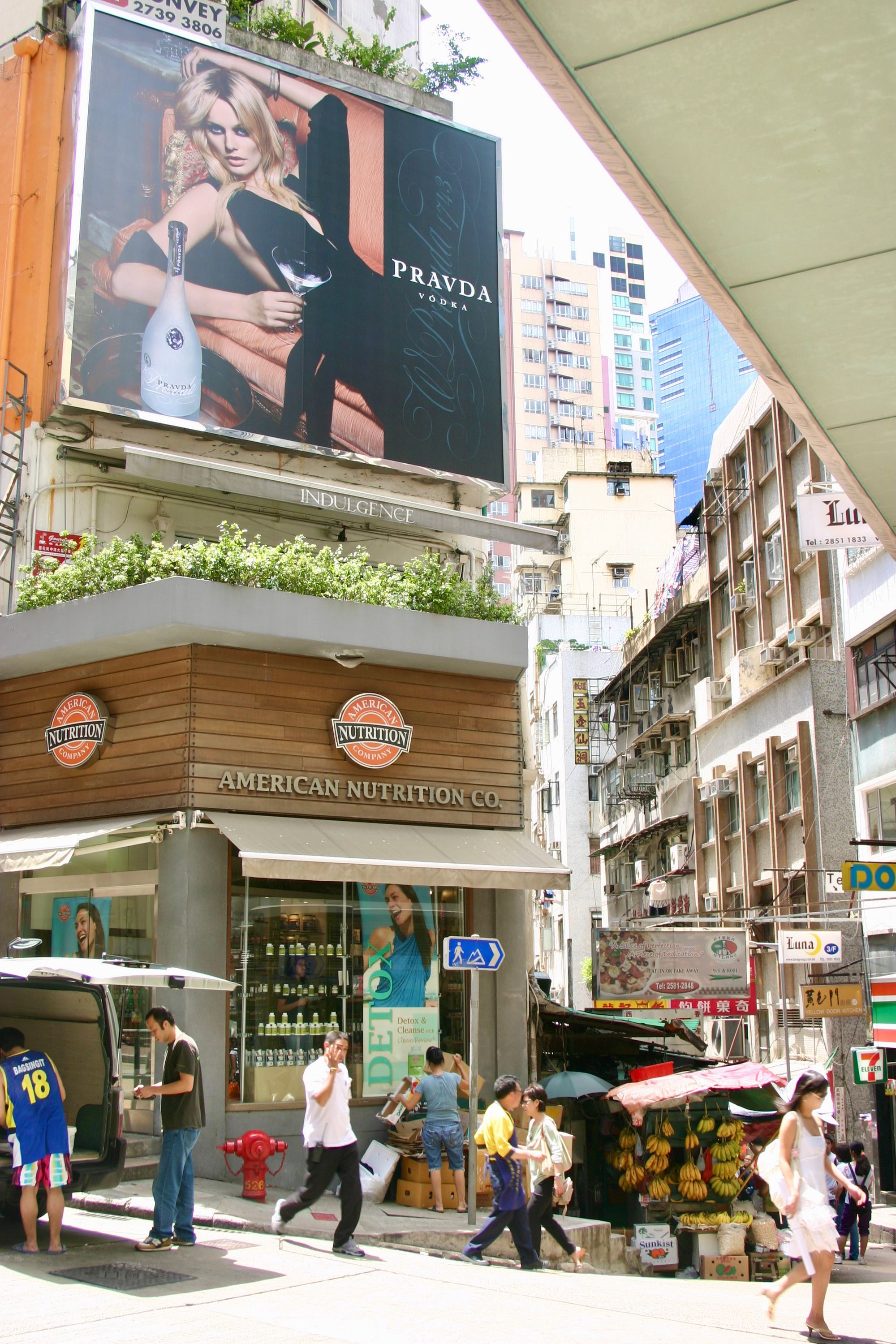
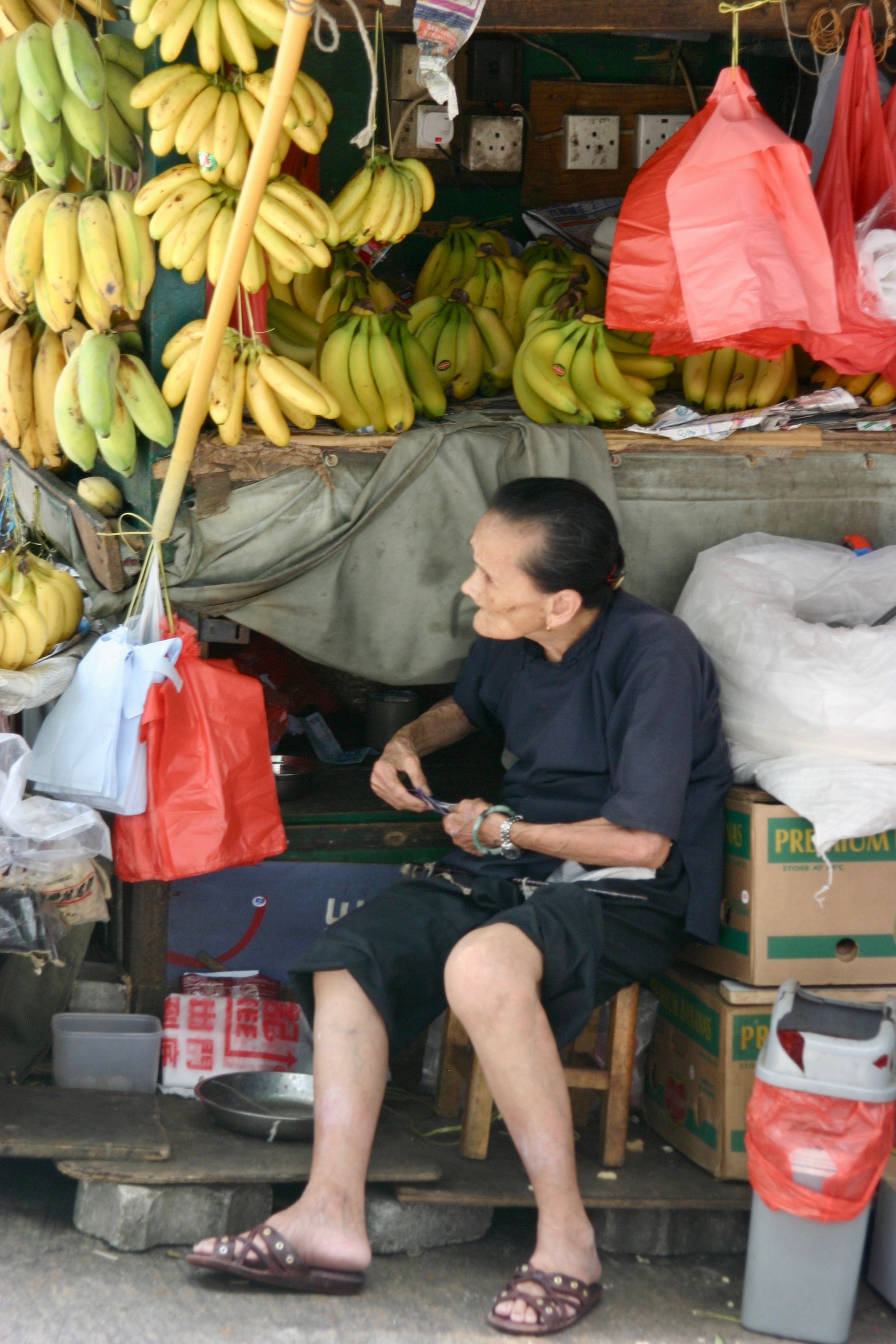
Above, the juxtaposition of an elderly woman selling bananas, which she has been doing for 50-plus years, and what is hanging directly over her on this intersection in Hong Kong shows an interesting contrast between two women in commerce with very different backgrounds, lifestyles and values.
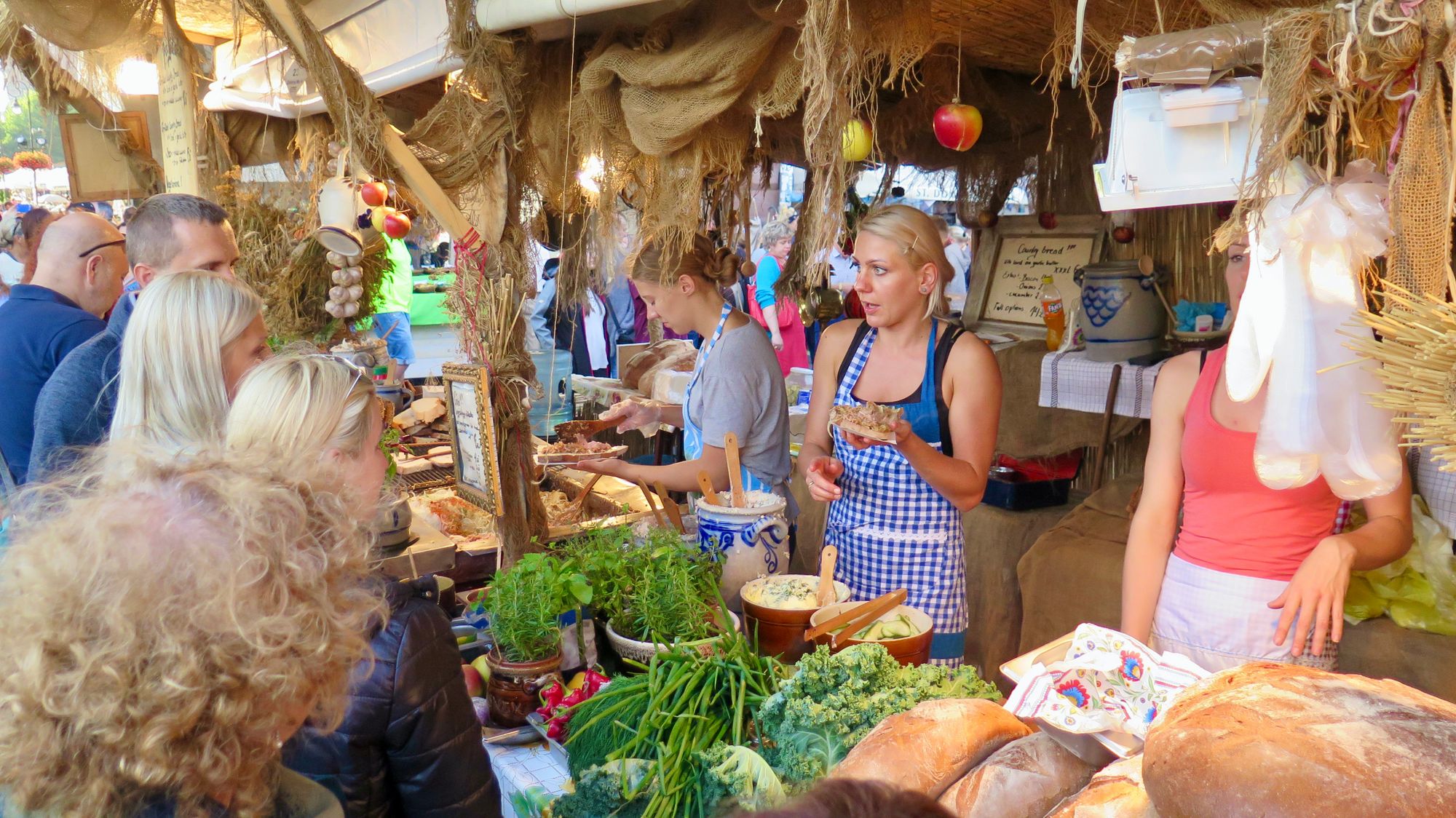
From caring for children to providing for the community, these strollers and the women who utilize them have skillfully adapted to life's various phases.
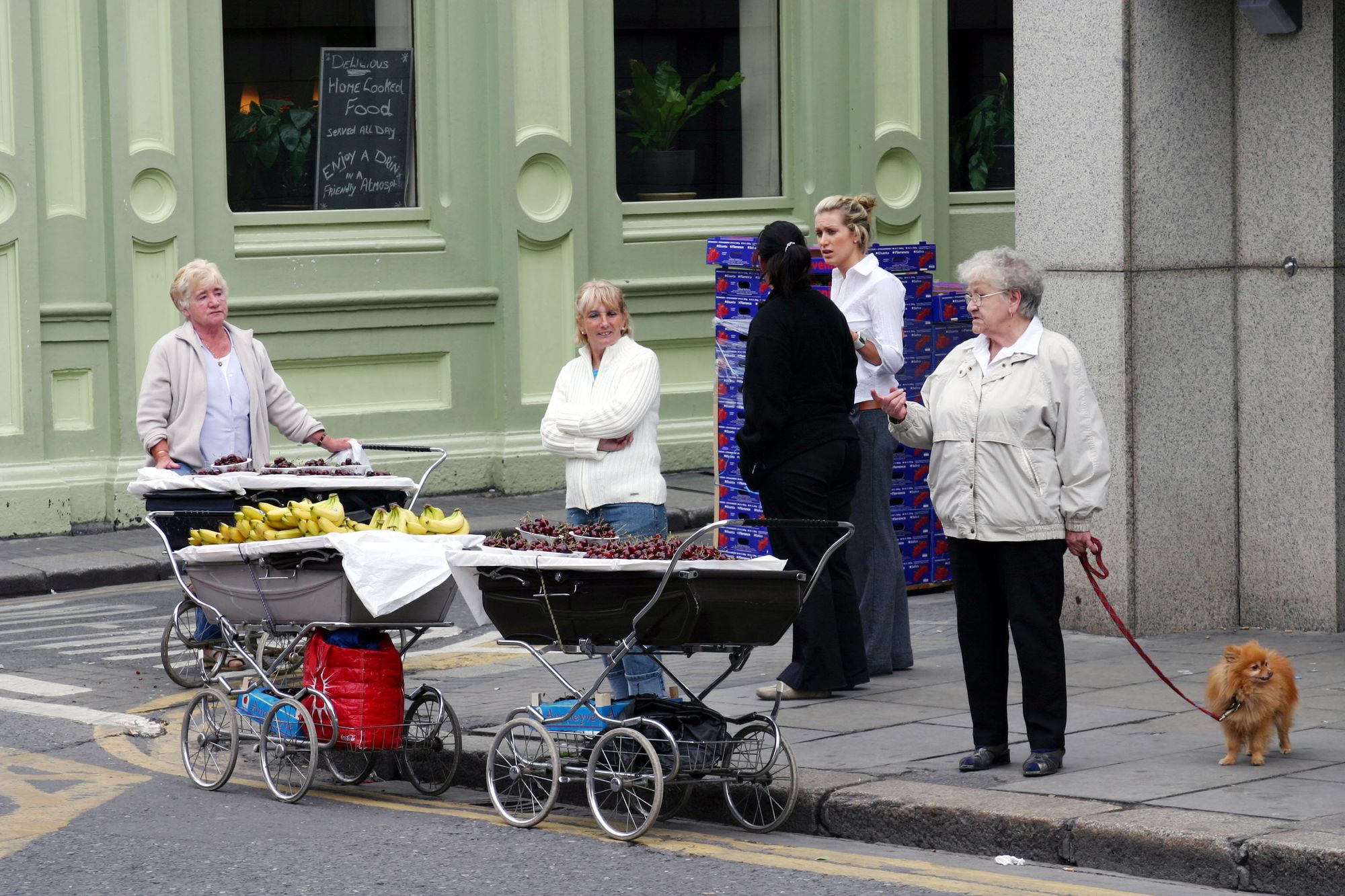
Connecting Through Shared Passions
Being able to do what we enjoy among others who enjoy it too is a great feeling. A sign of a good public place is how well it caters to this experience.
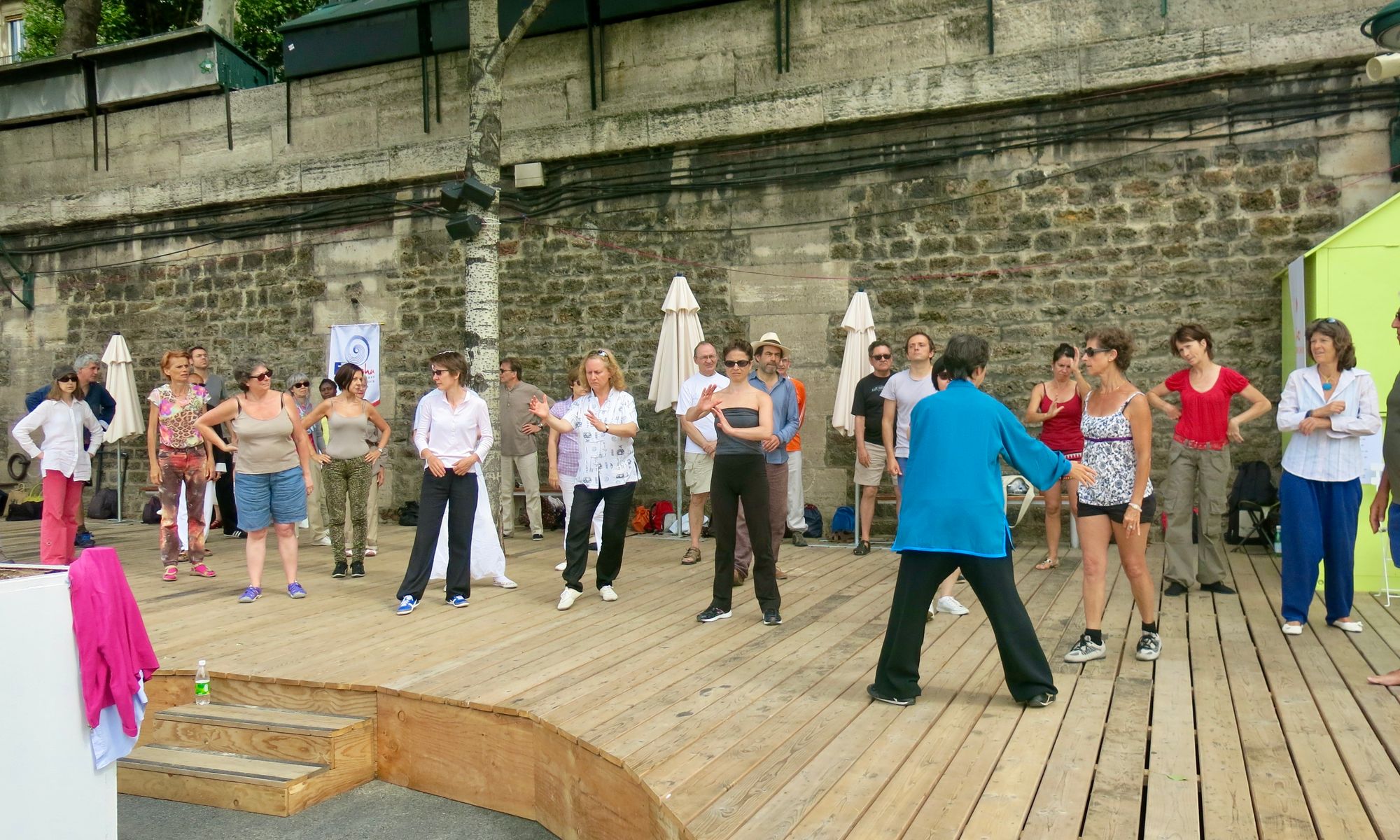
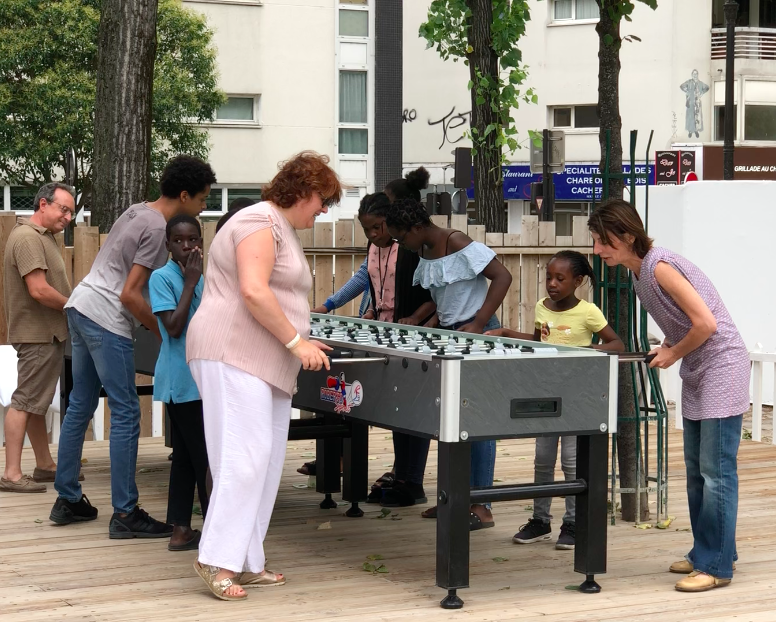
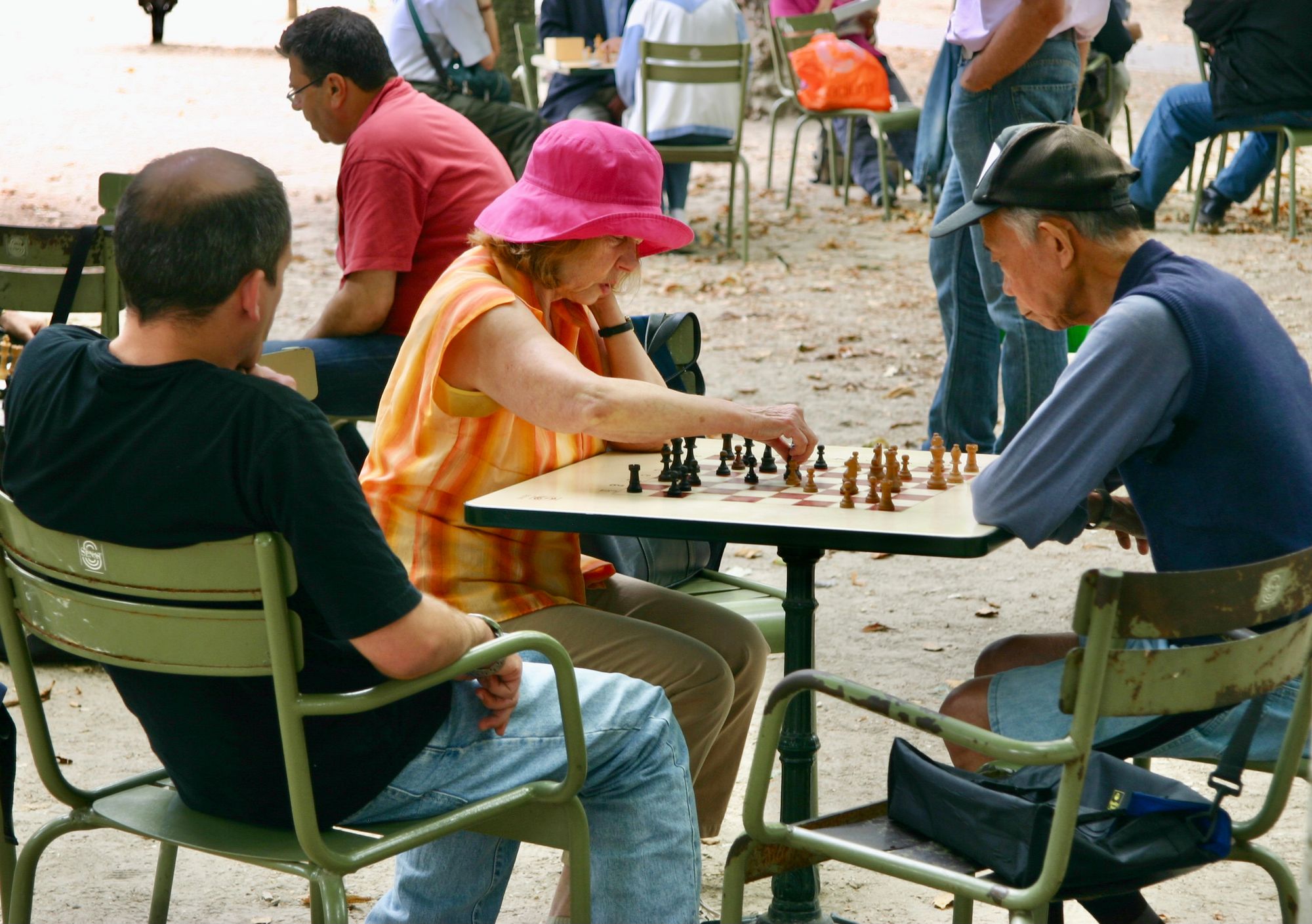
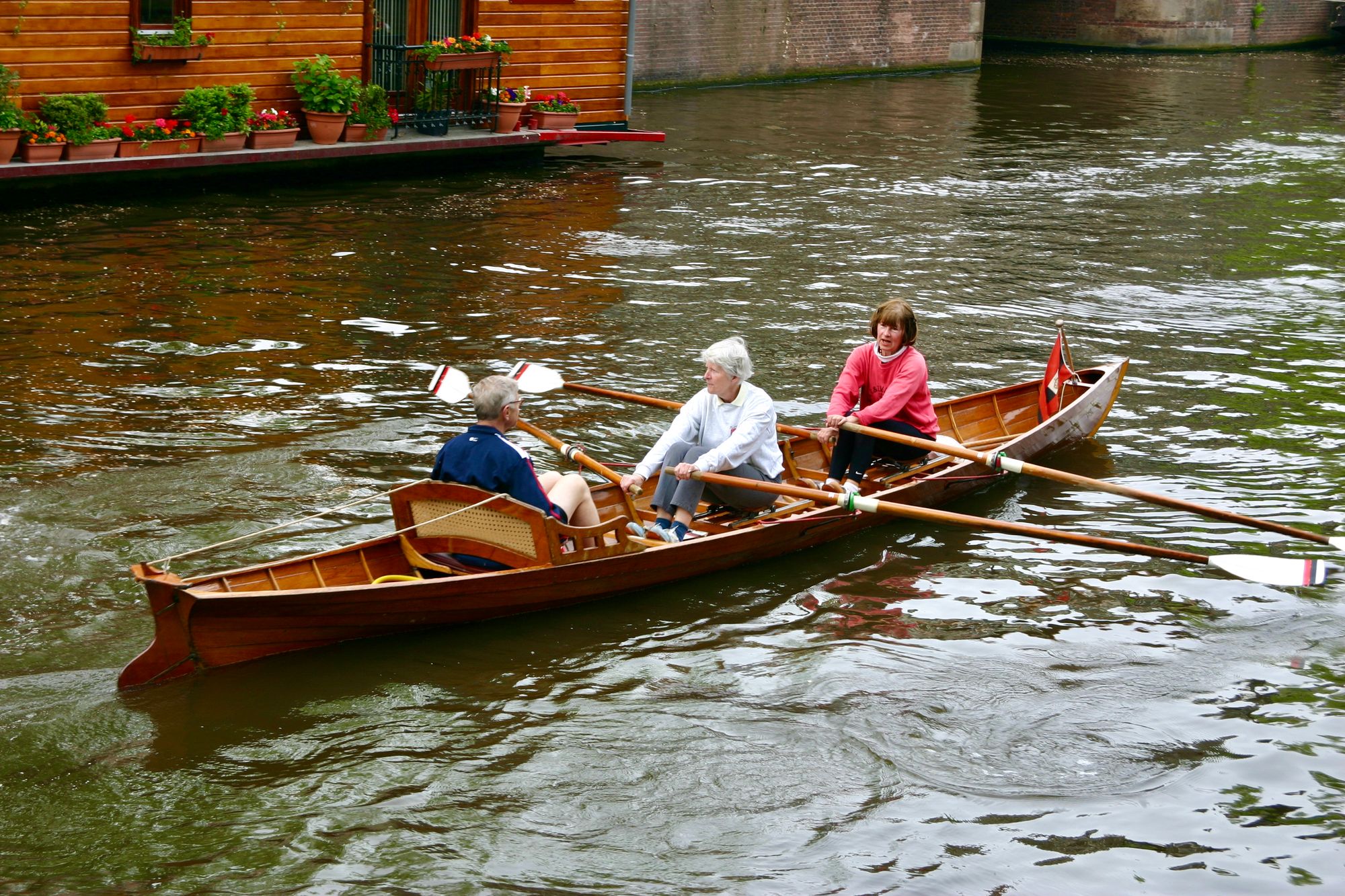
Honoring Creative Identity
Places that allow us to exercise our creativity through art and performance give us the opportunity to co-create our spaces so that they reflect us, as well as to inspire others.
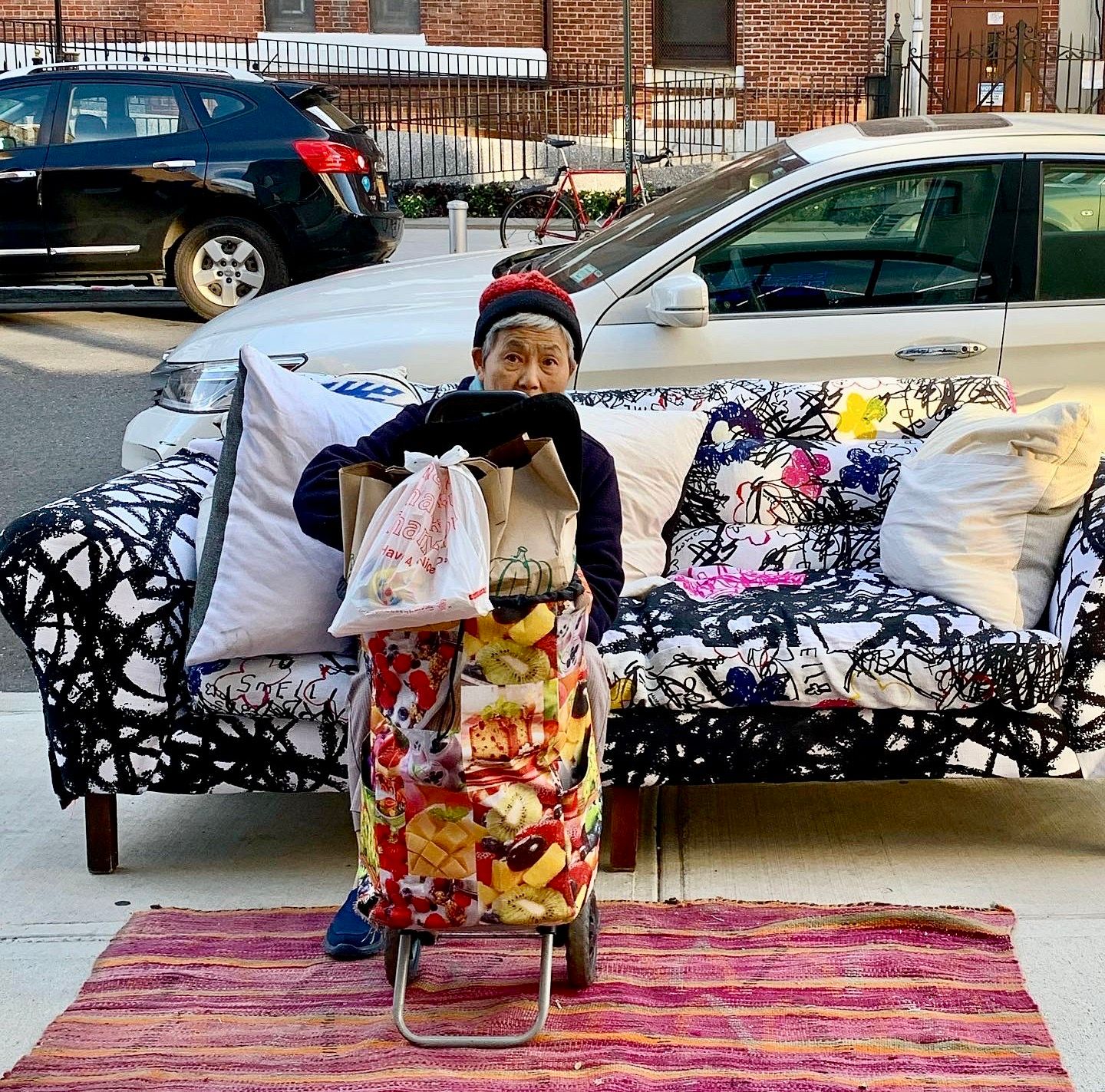
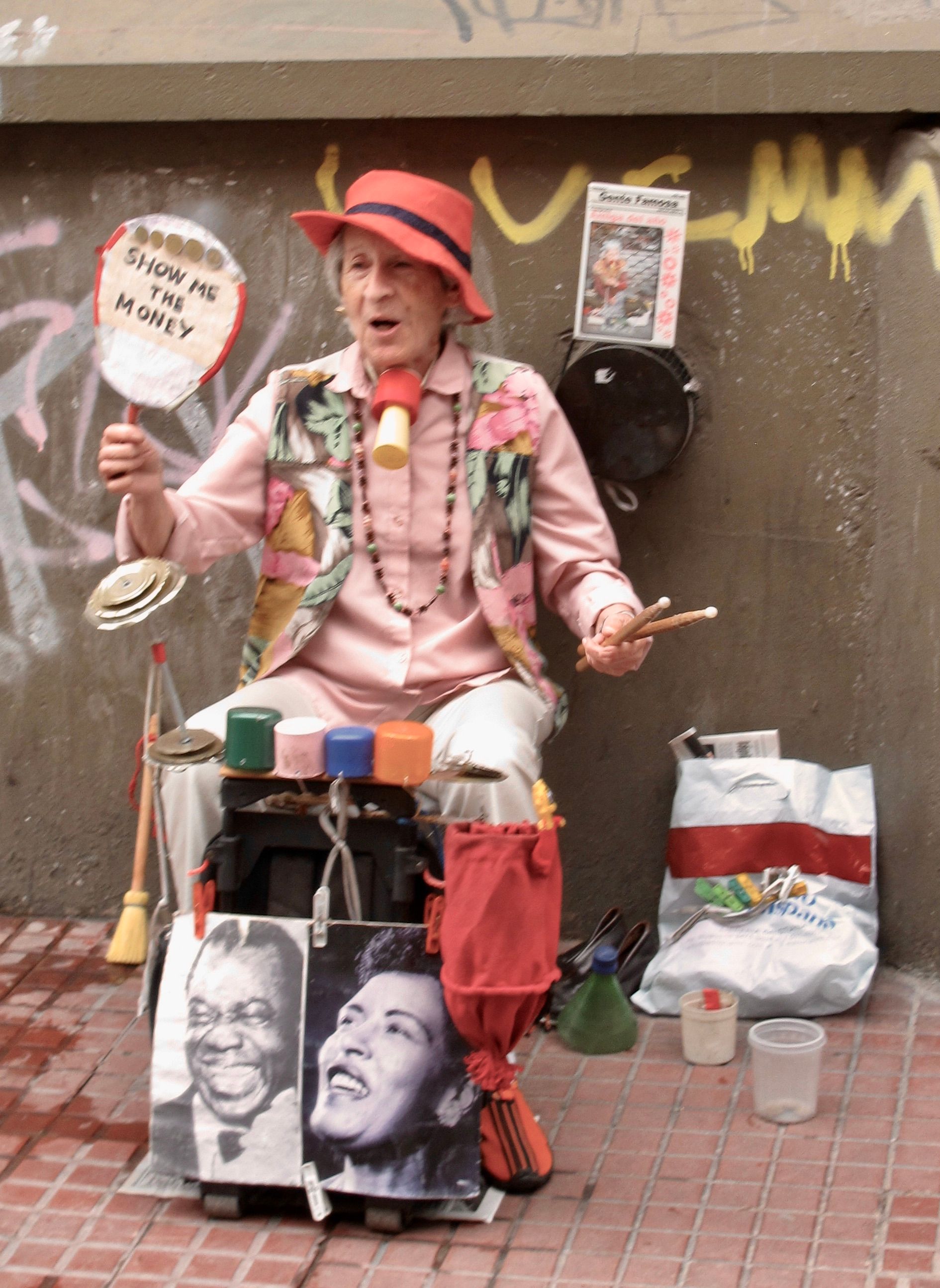
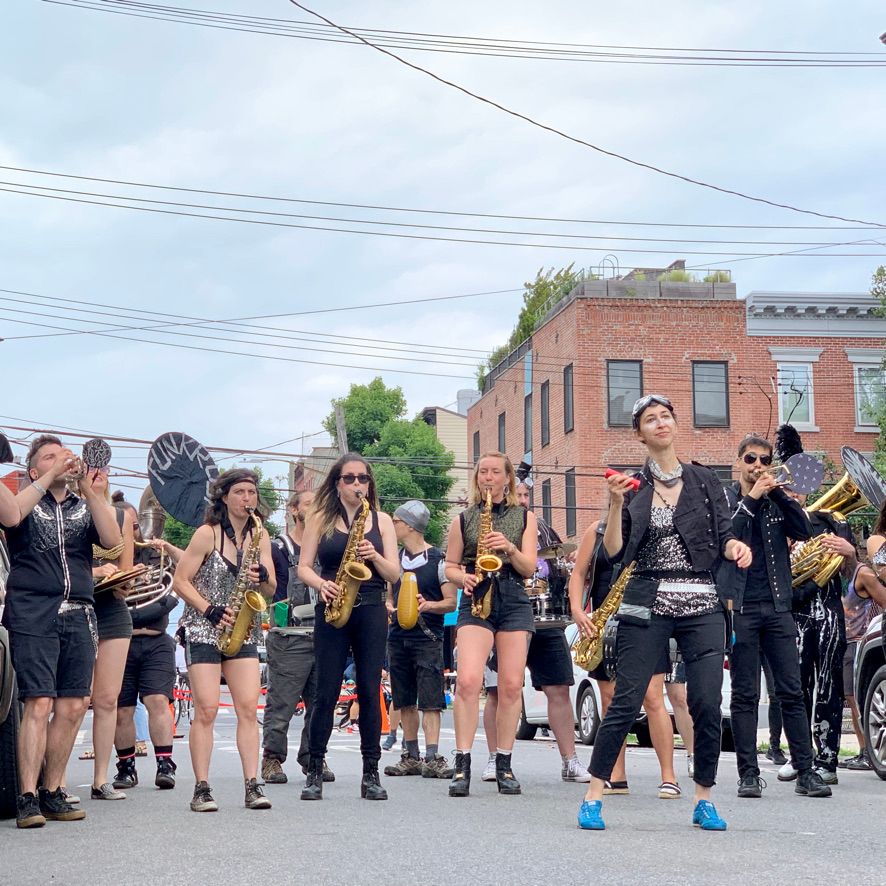
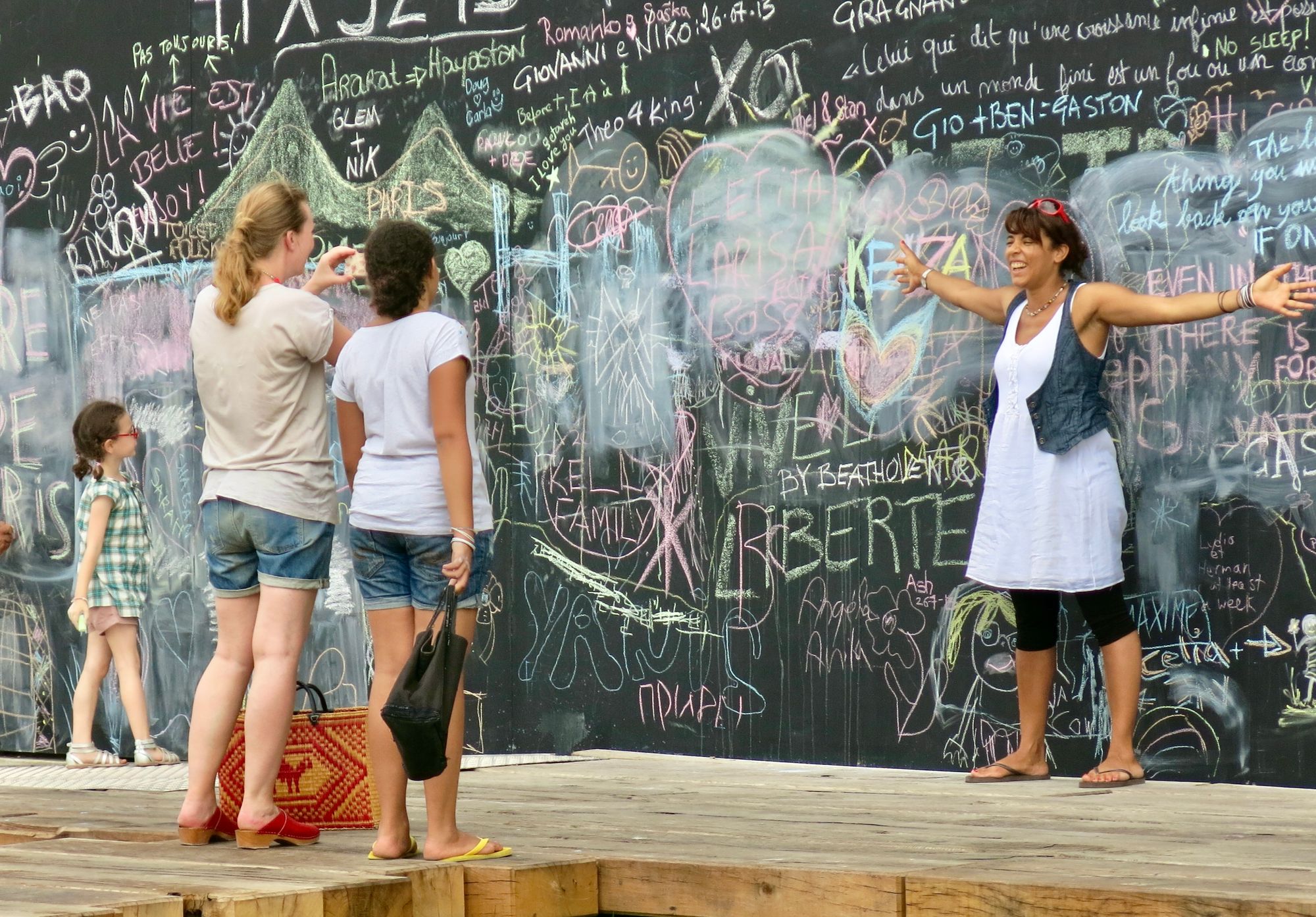
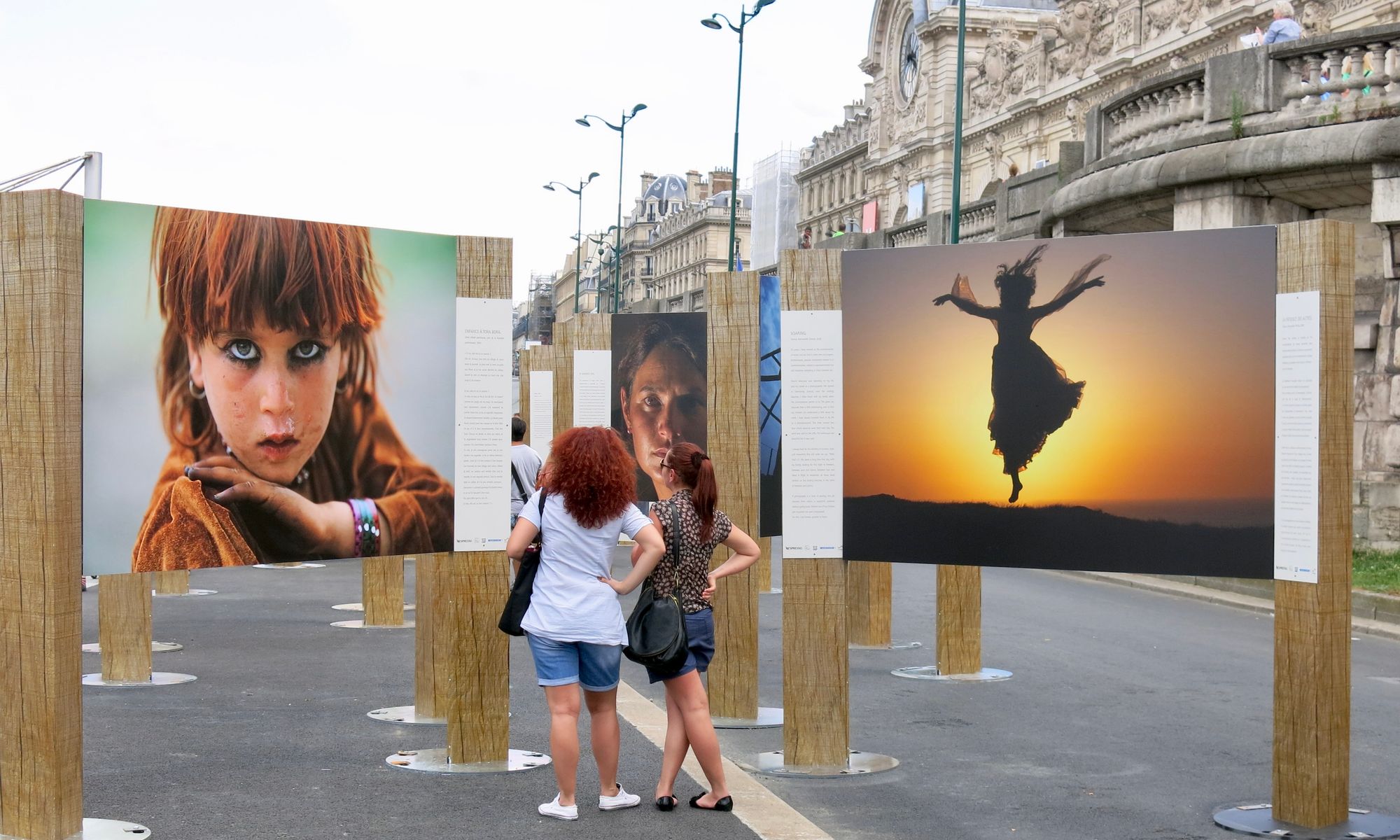
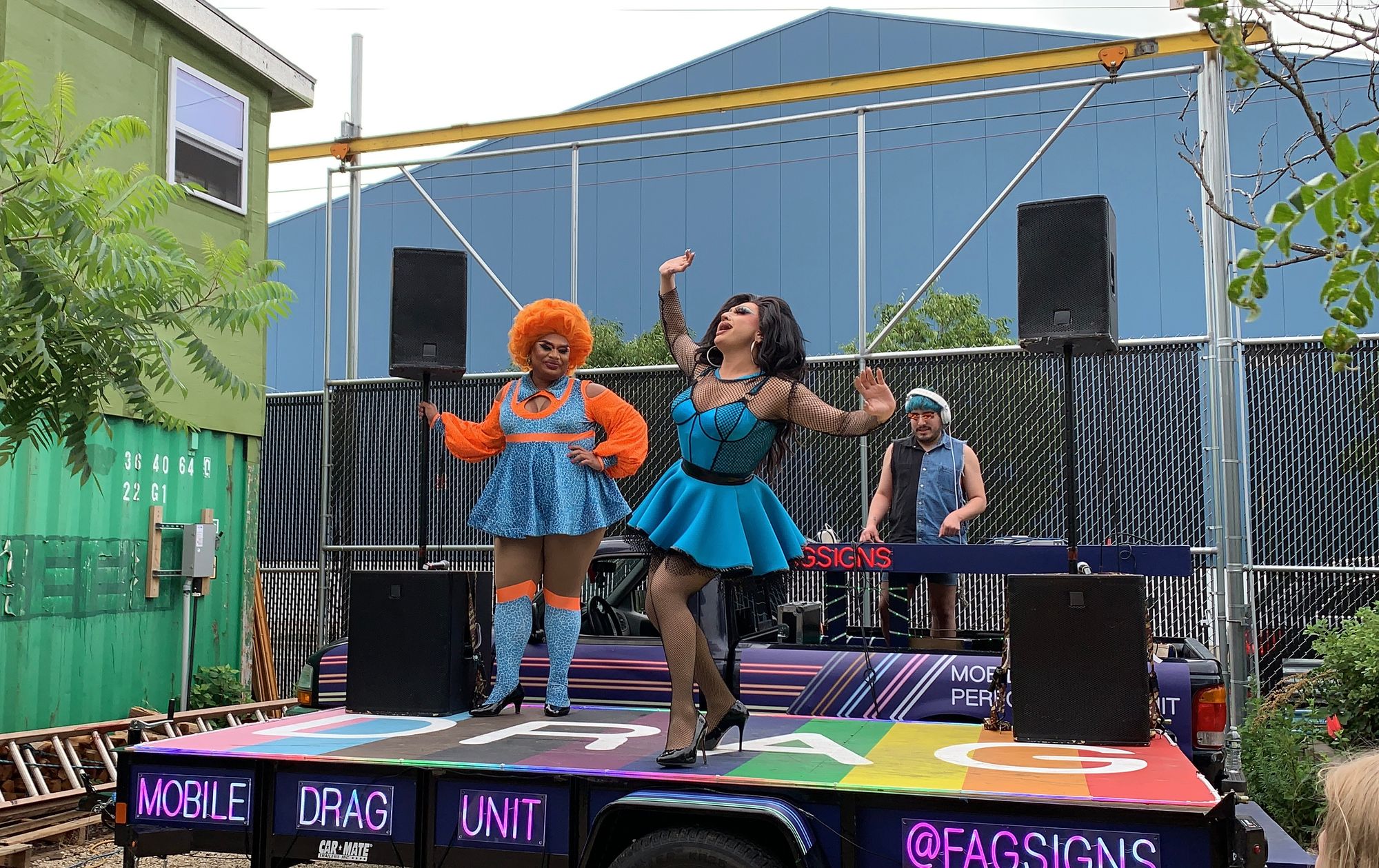
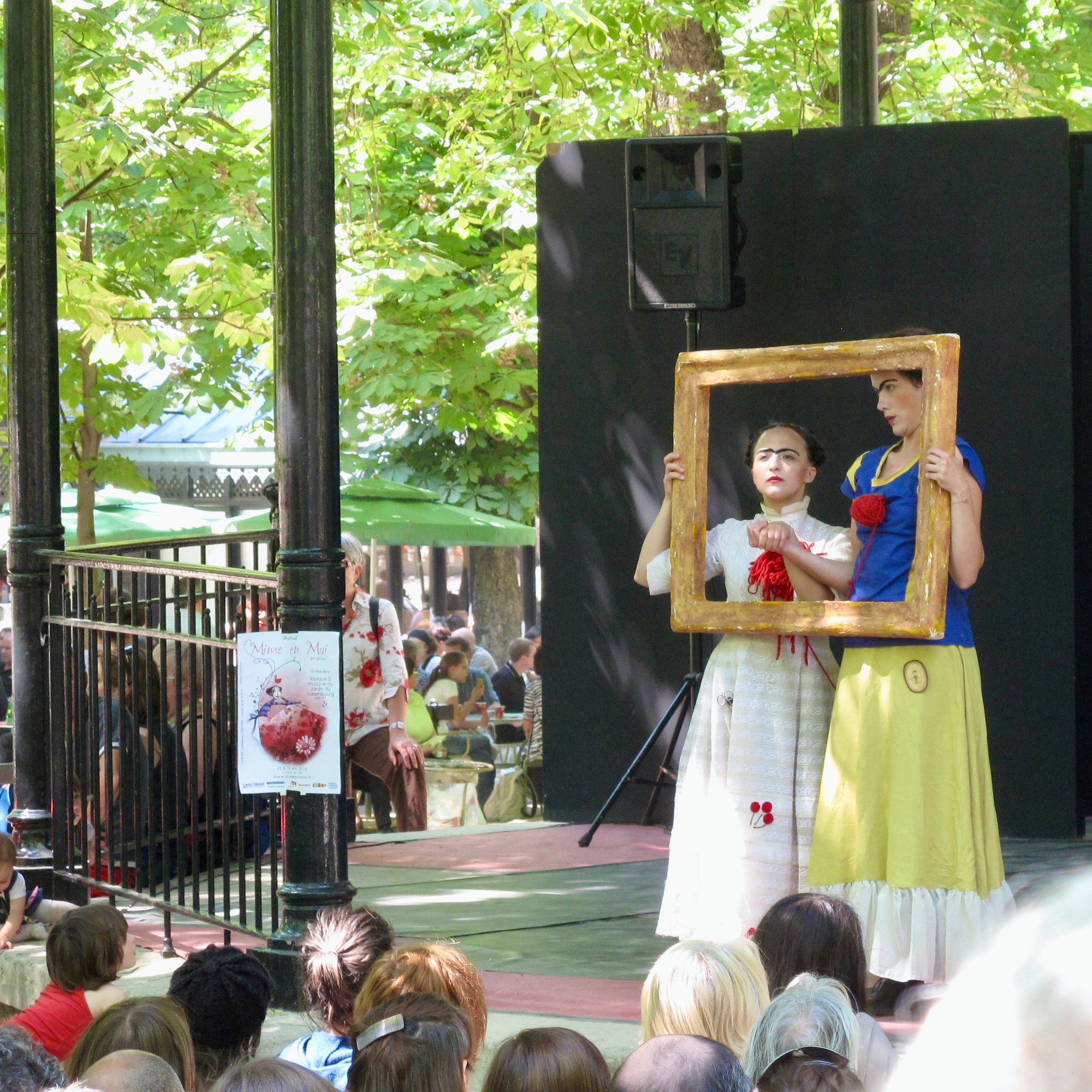
Women and Public Transportation
It is estimated that women are 21% more likely to use public transportation than men. Therefore, creating places that women feel comfortable waiting for and taking public transit is key. From lighting to seating, every choice made for our transit stations can either make them more or less appealing.
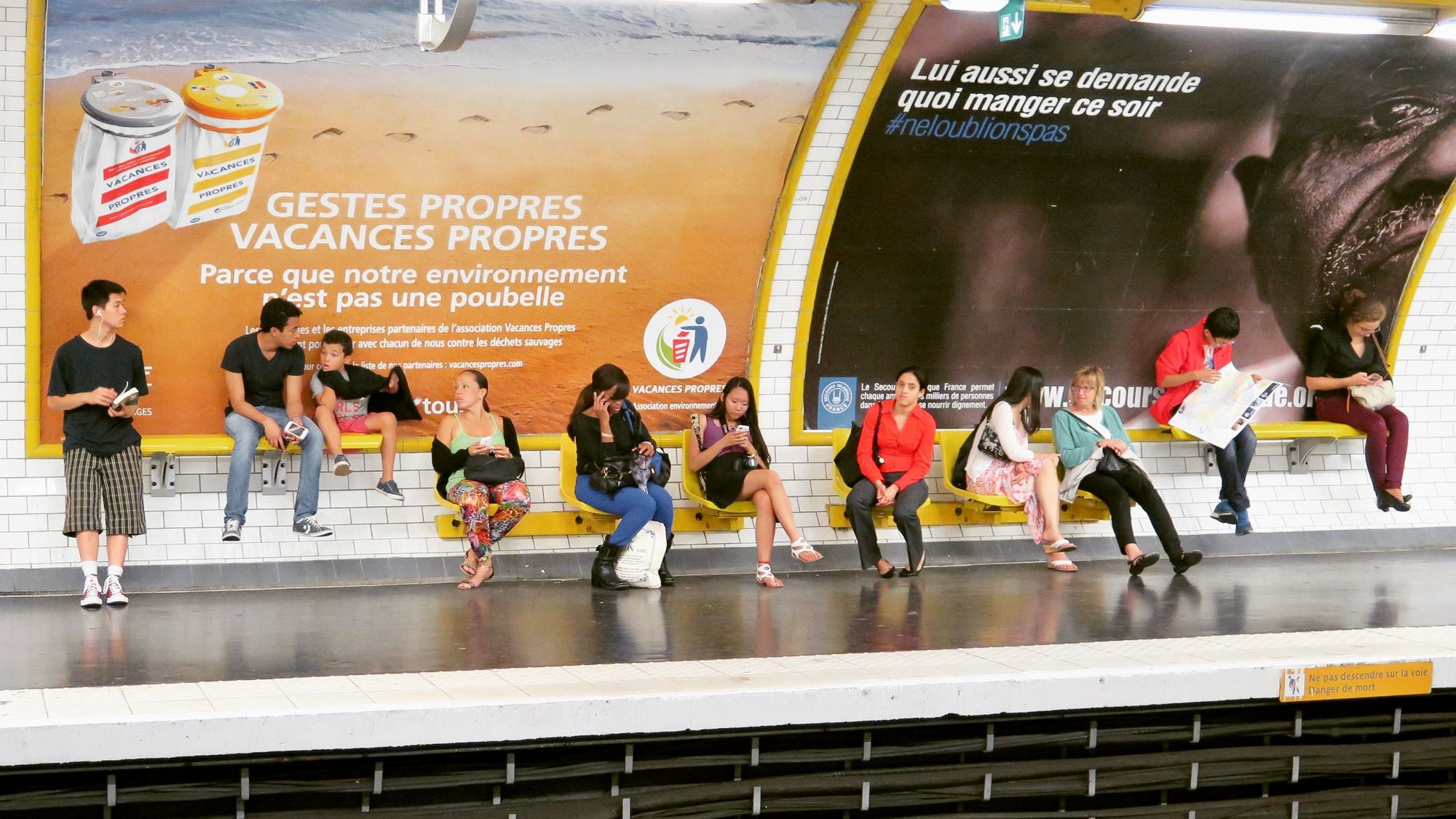
Navigating the Everyday
It is also important to make navigating cities on foot comfortable, safe and enjoyable so everyone can take part.
We watched this woman start shopping at the beginning of this neighborhood with conviction, traveling down many blocks with her two bags and two canes. We just could not imagine her walking down a busy street with lots of traffic, such as the kind that crosses so much of our cities today.
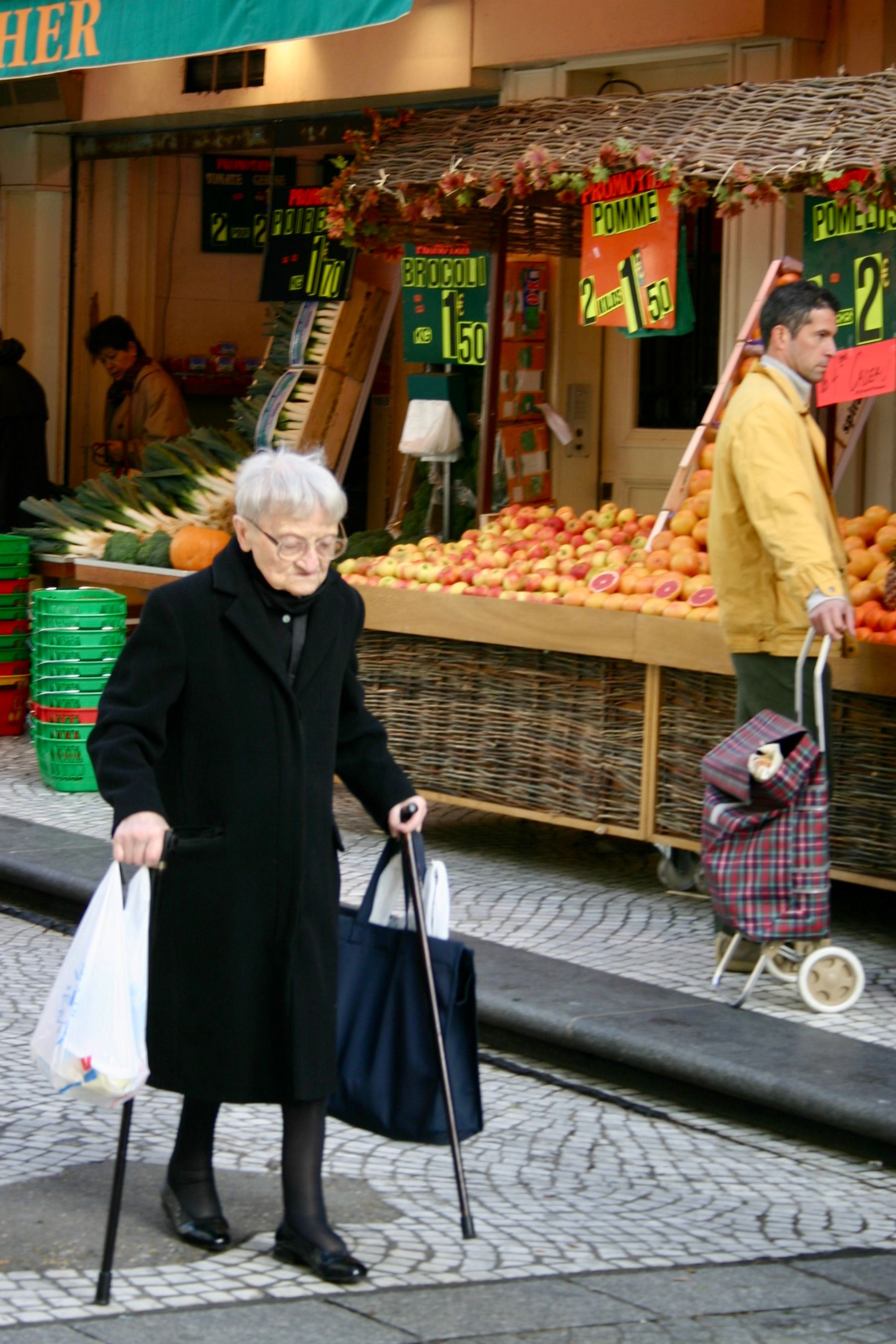
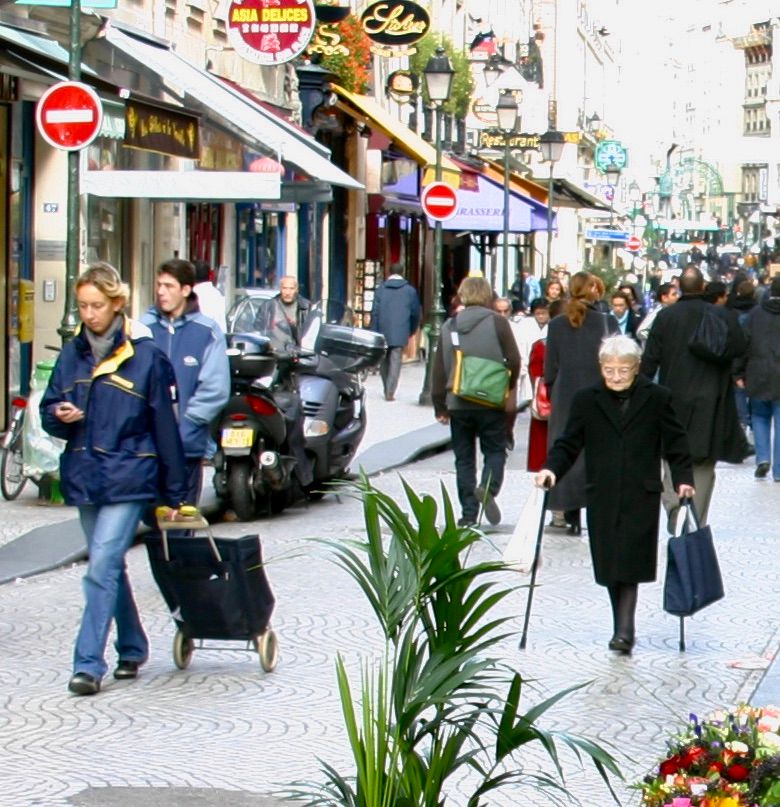
Connecting Through Shared Spaces
The most powerful function of public places is how they create an environment for social connection and community development. Making this possible for women must always be a part of the picture as we consider, create, and program our shared spaces.
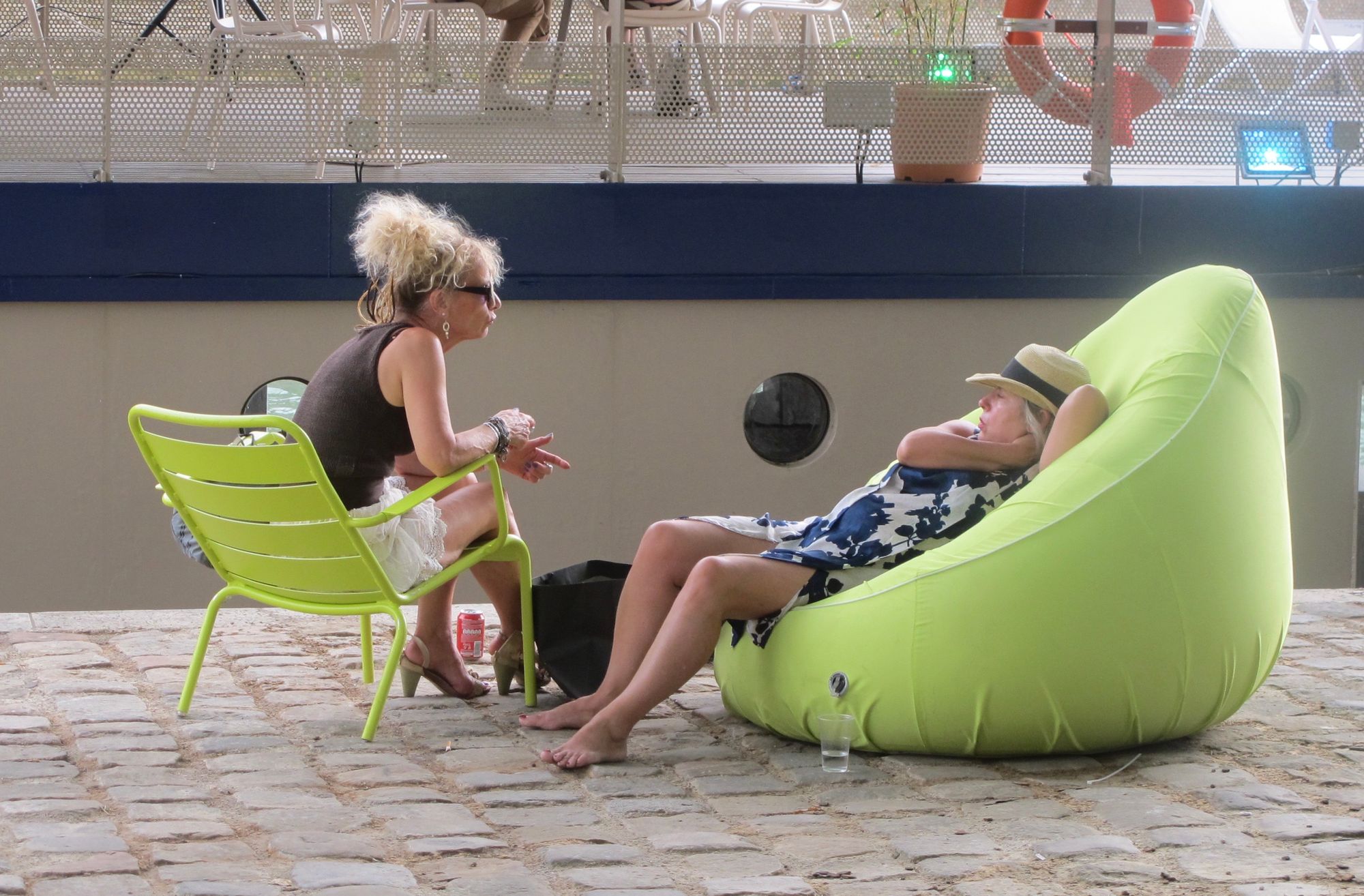
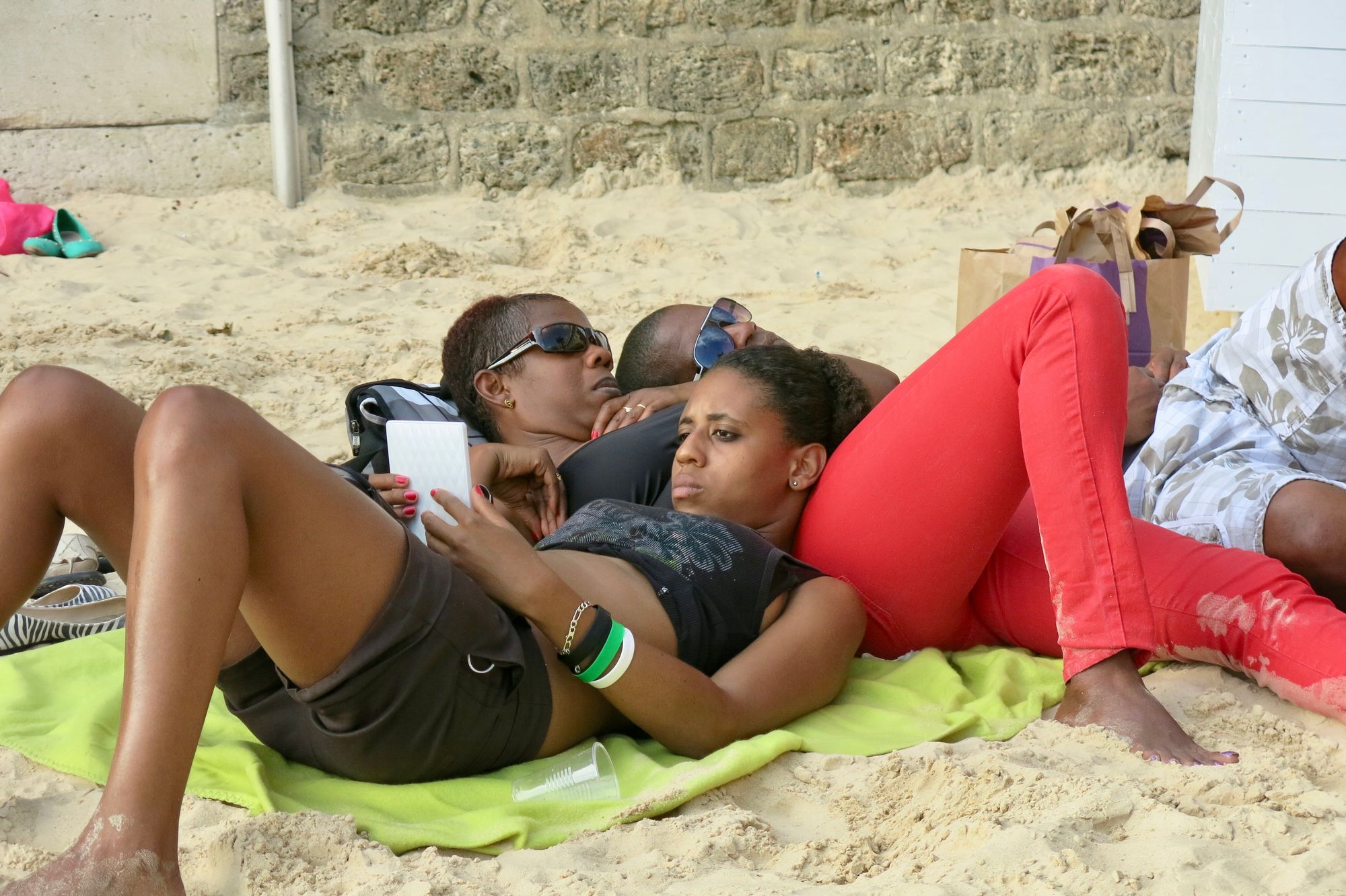
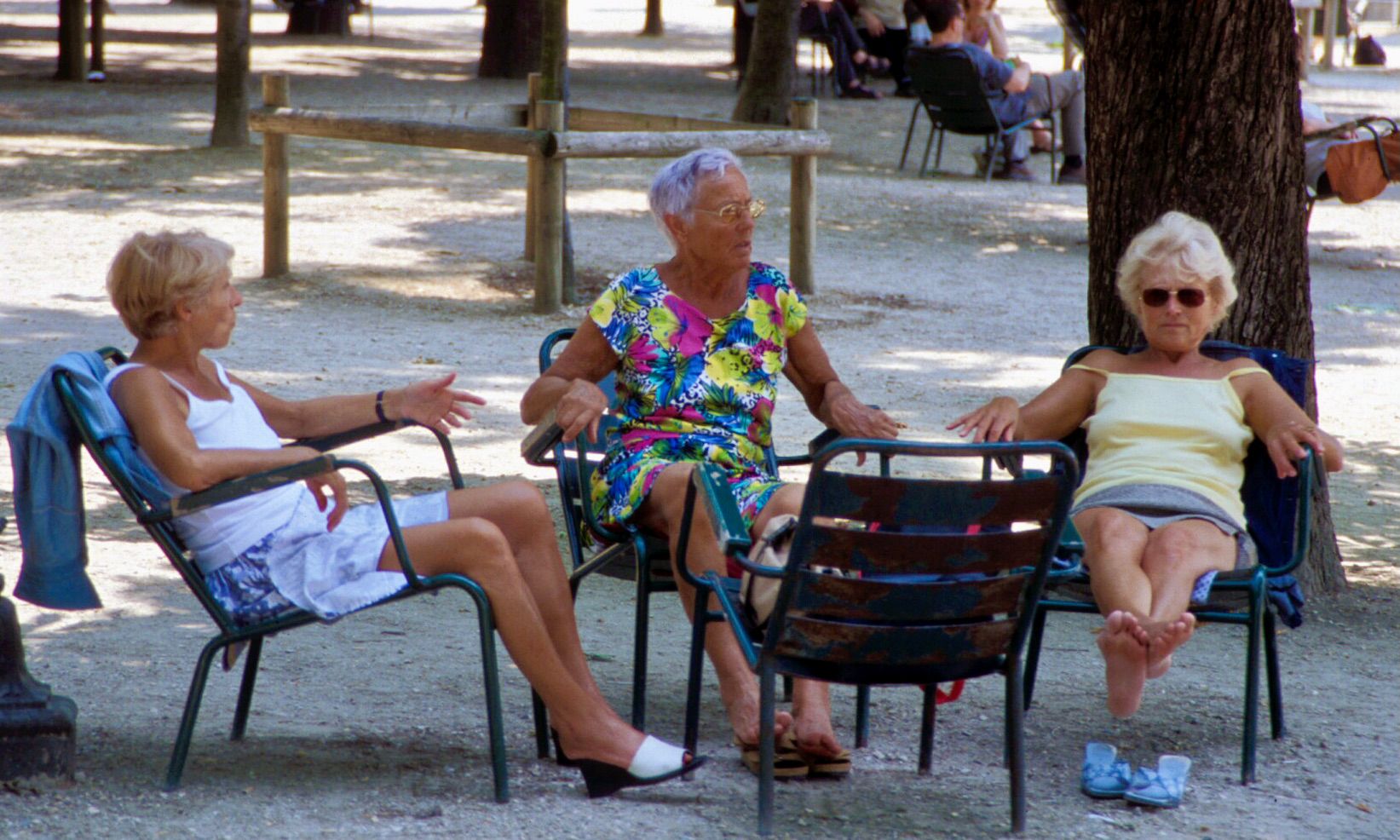
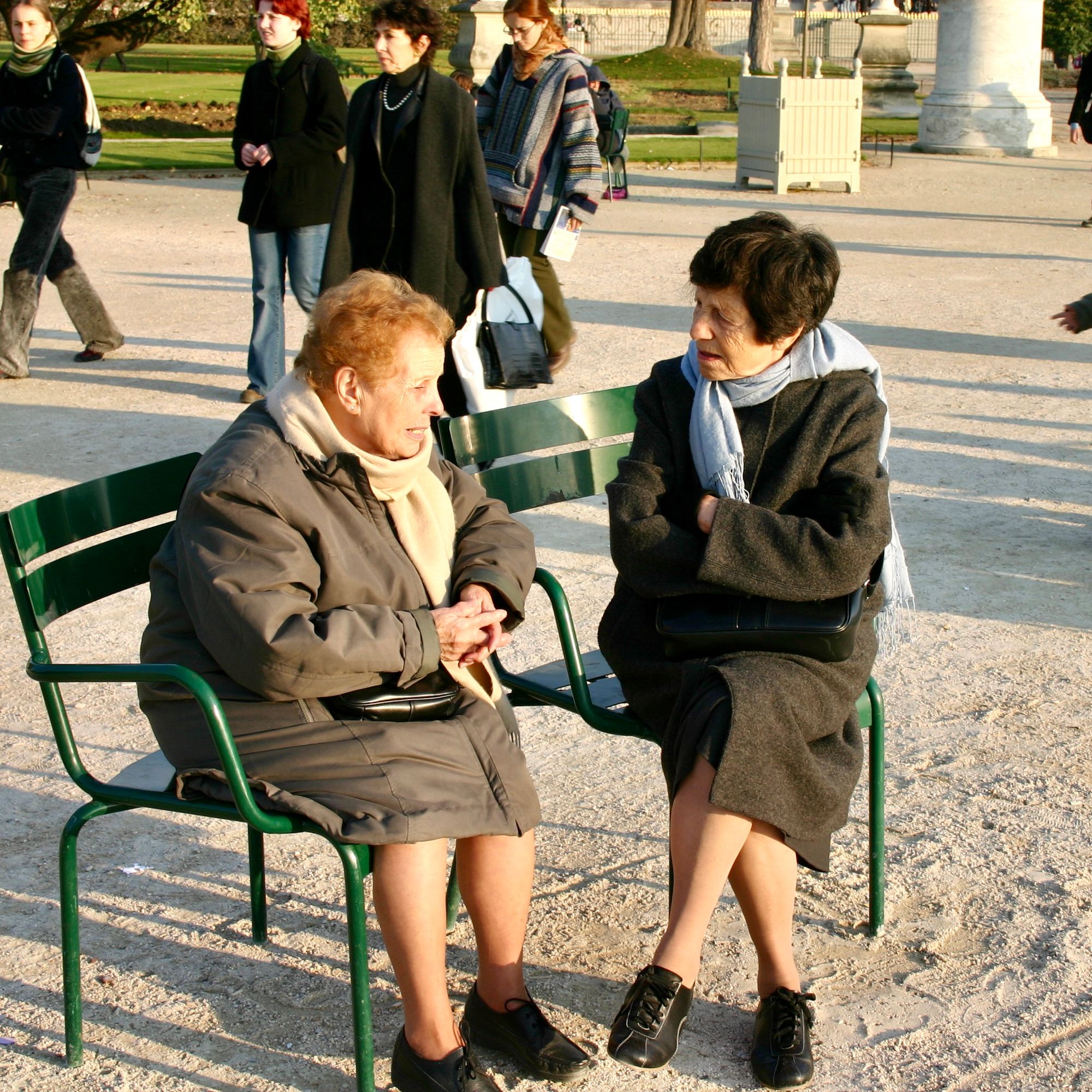
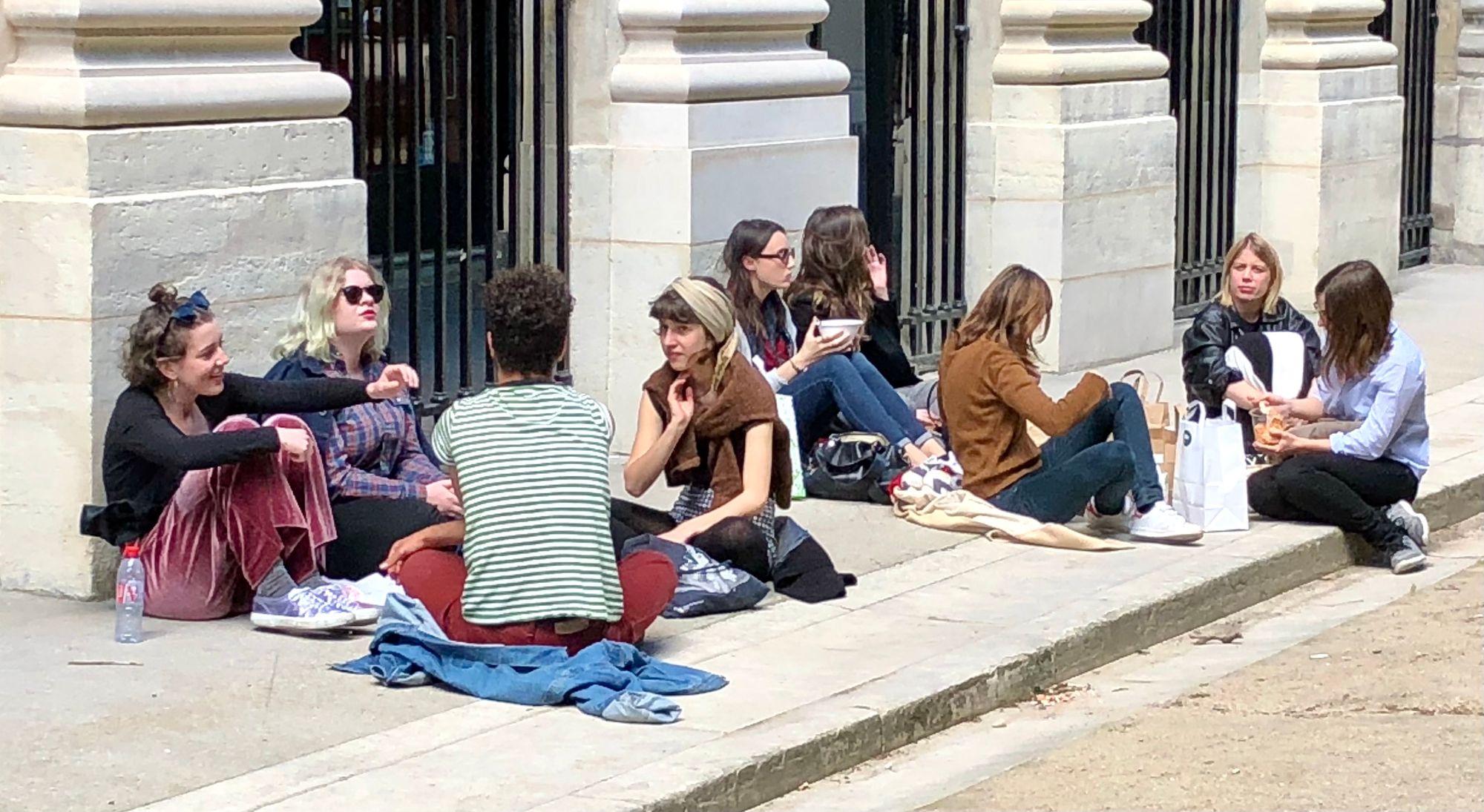
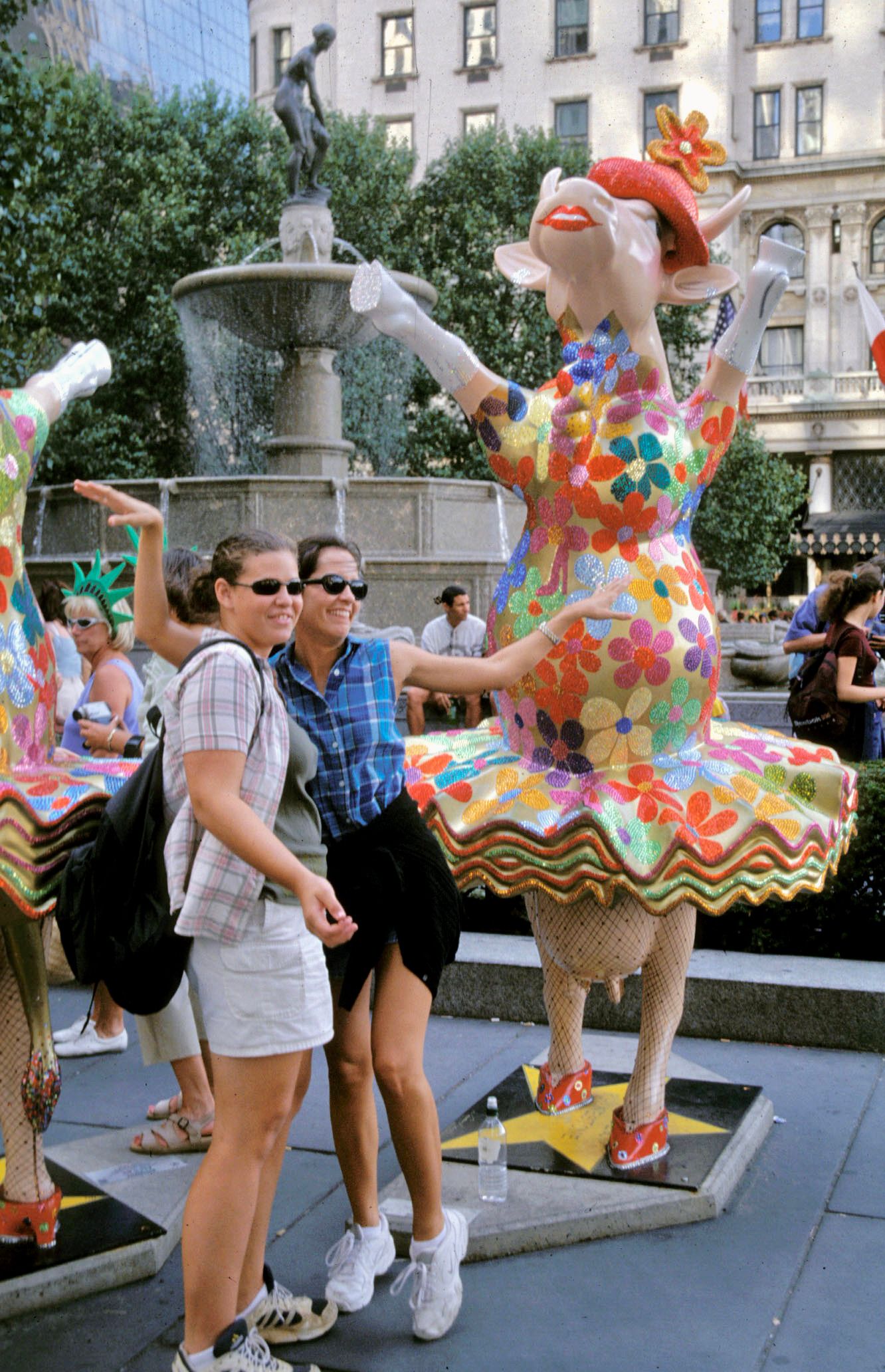
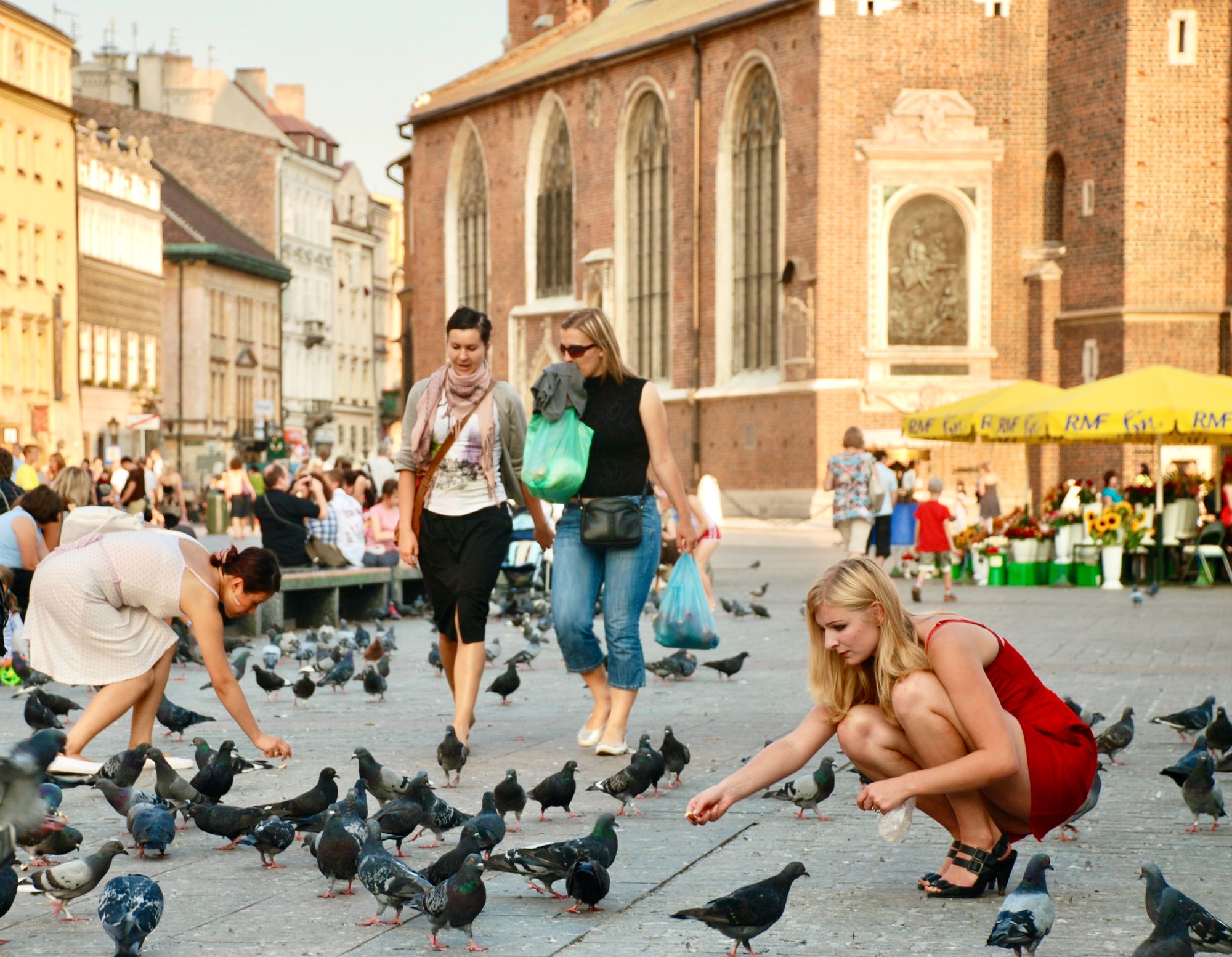
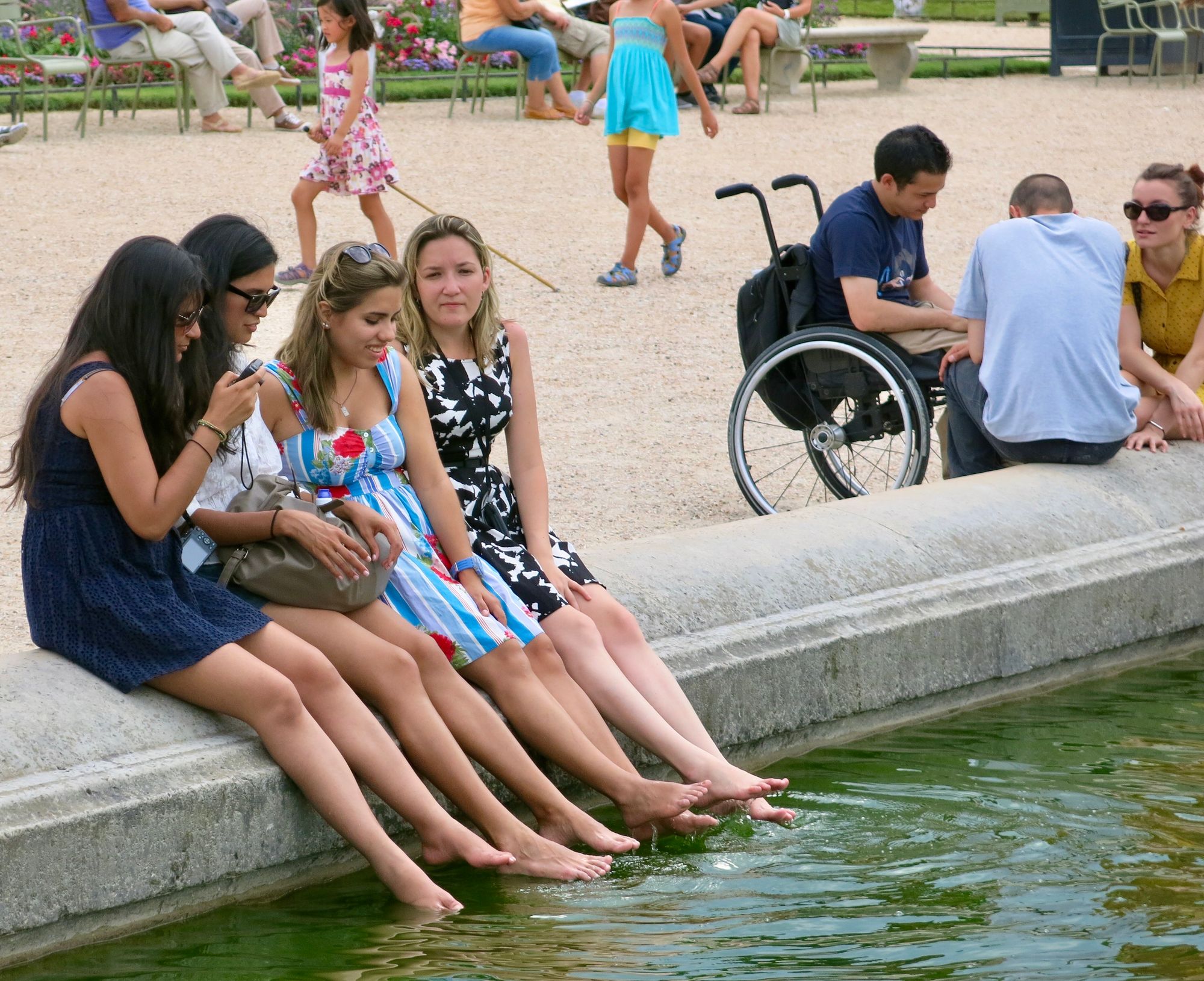
Venice Campo San Marguerite - a daily gathering of friends
Caretakers Extraordinaire
Though it is only a single part of one's identity, it is nonetheless important to provide for women who are in a caretaking role. Places that are intergenerational can make it easier and more pleasant – and are vital to a healthy community.
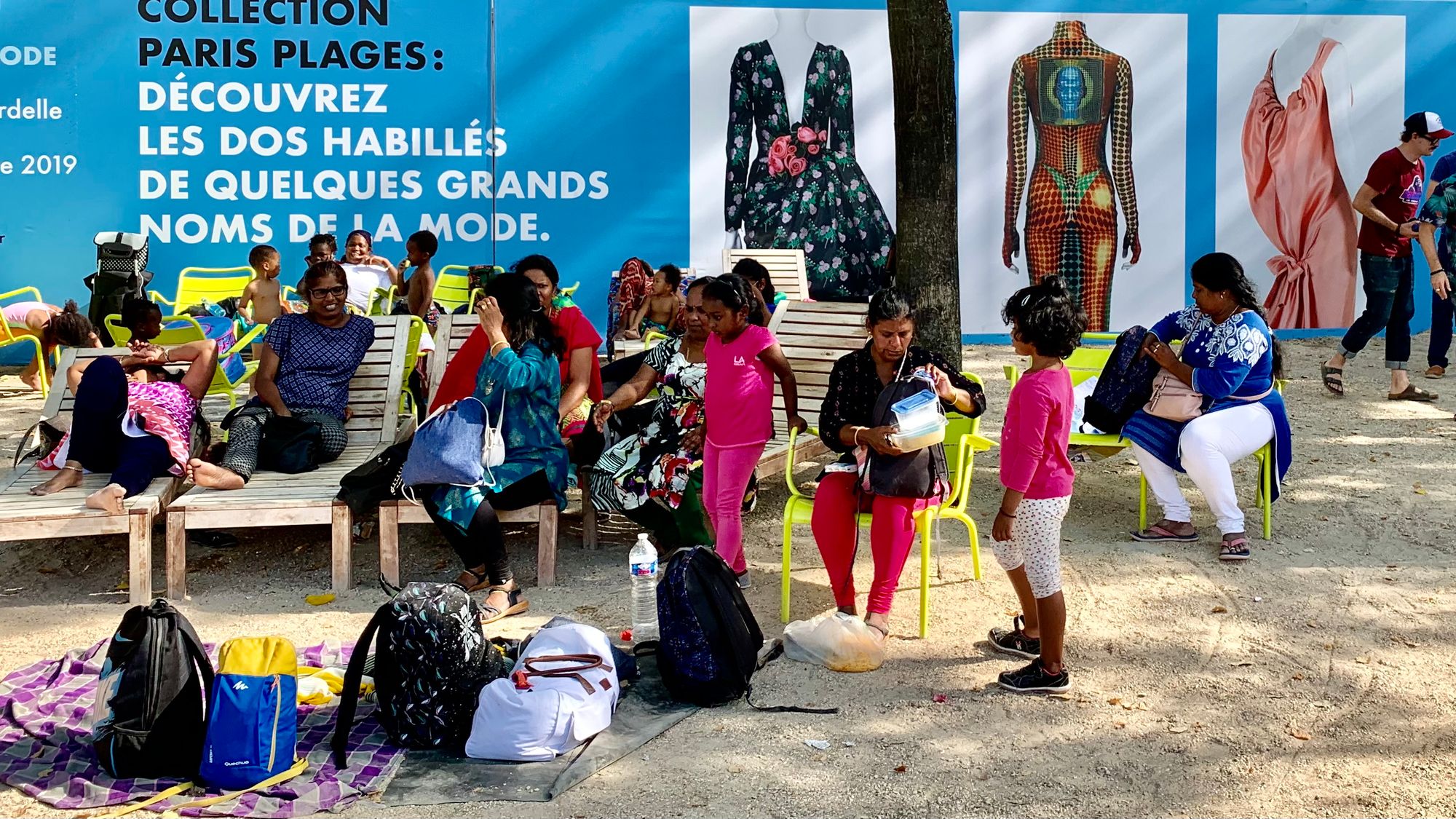
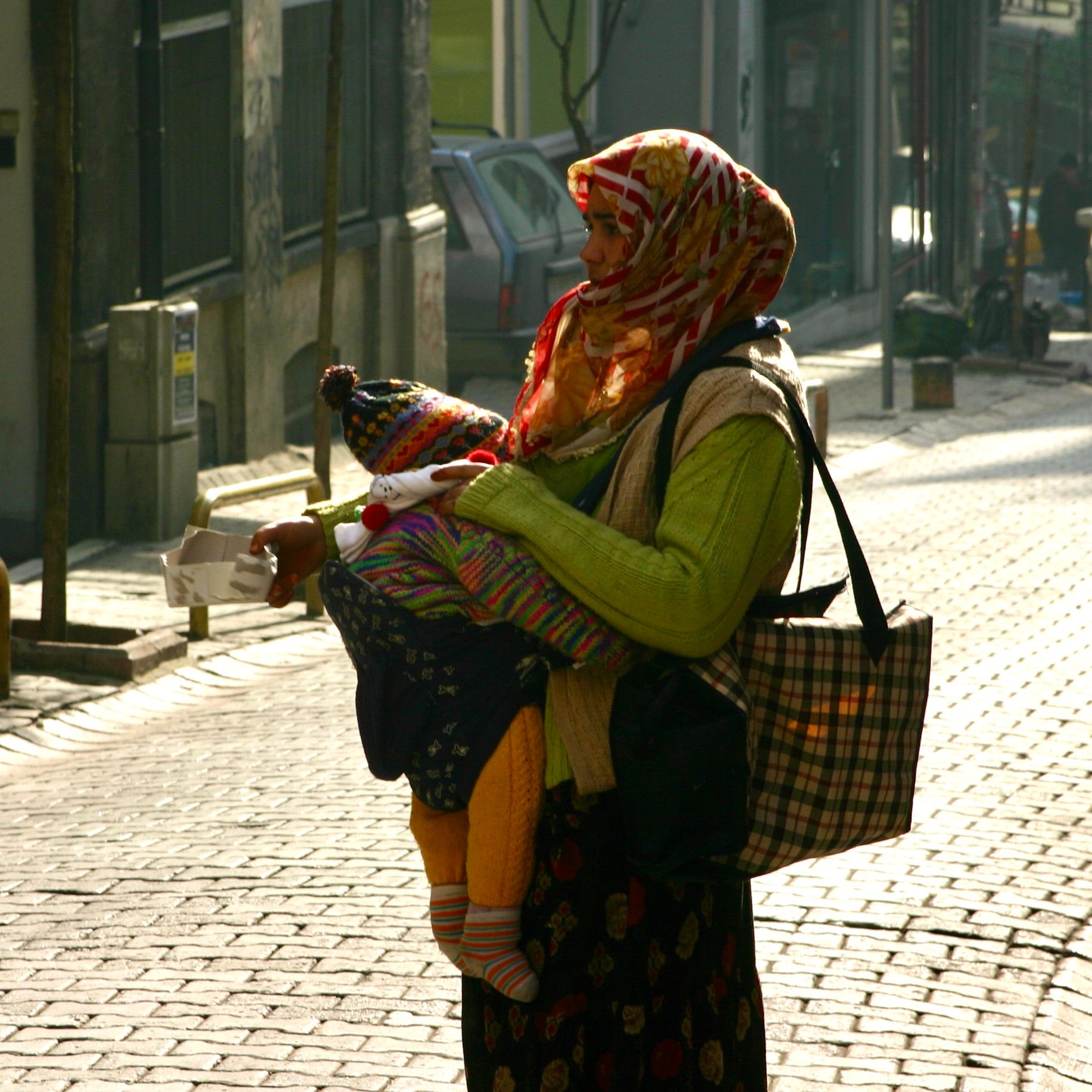
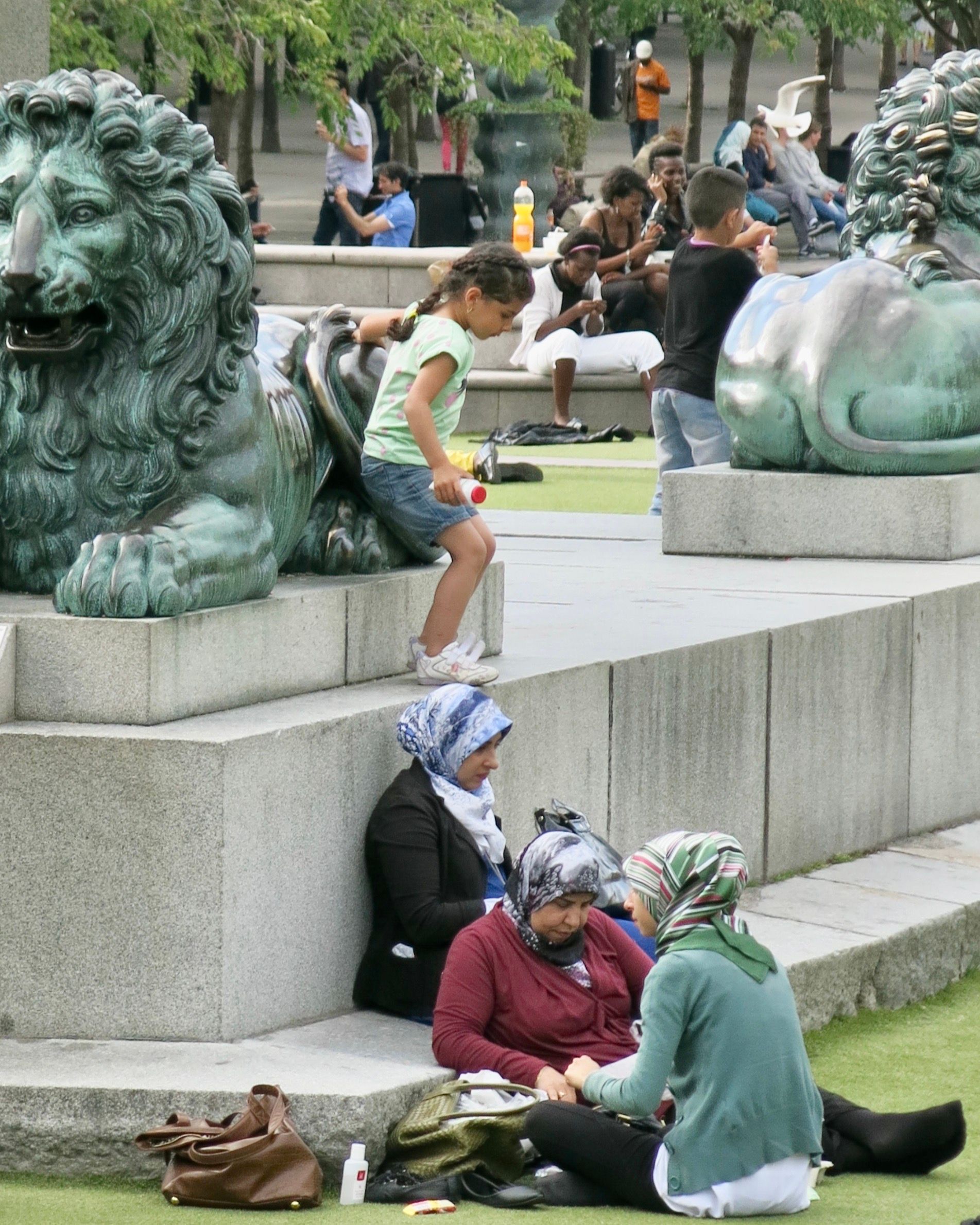
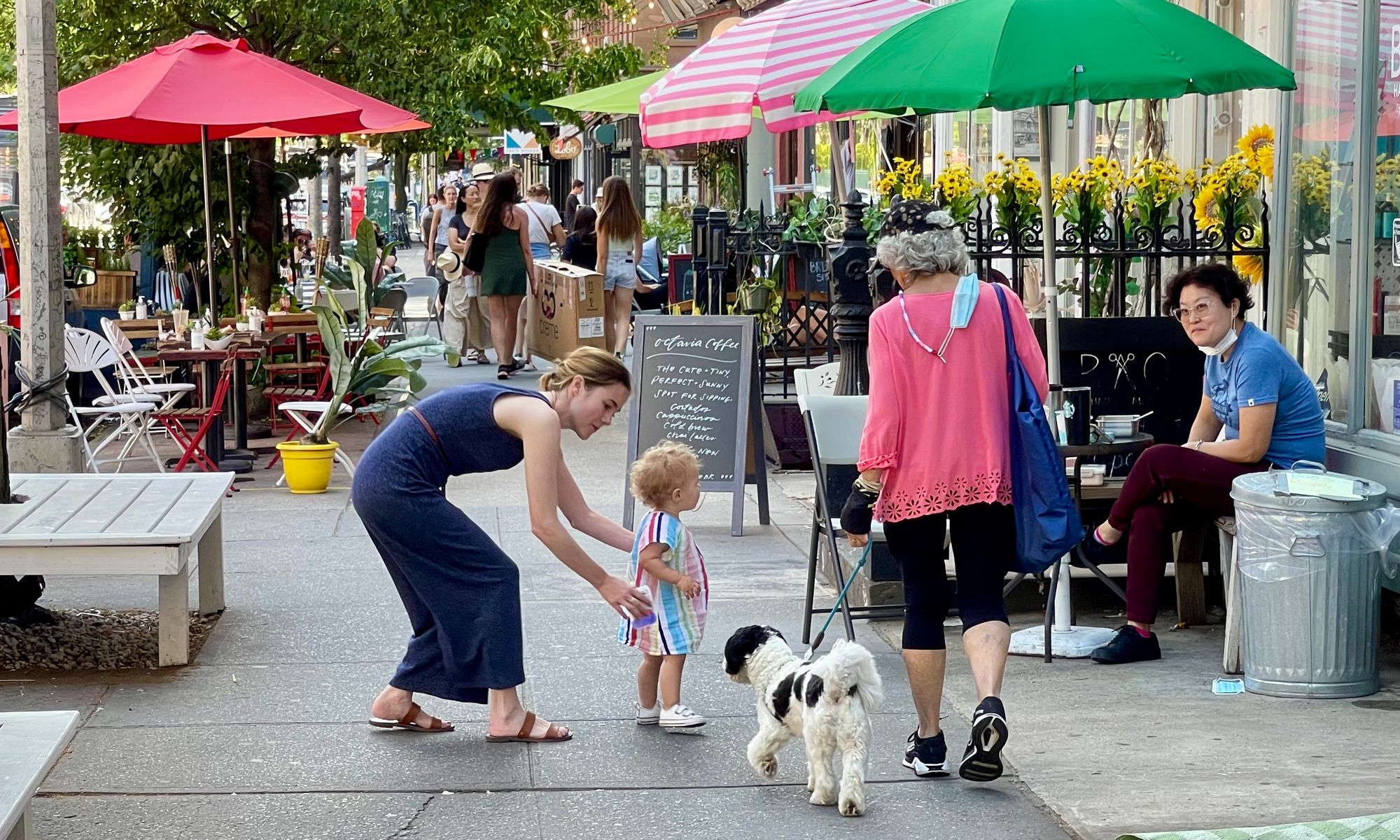
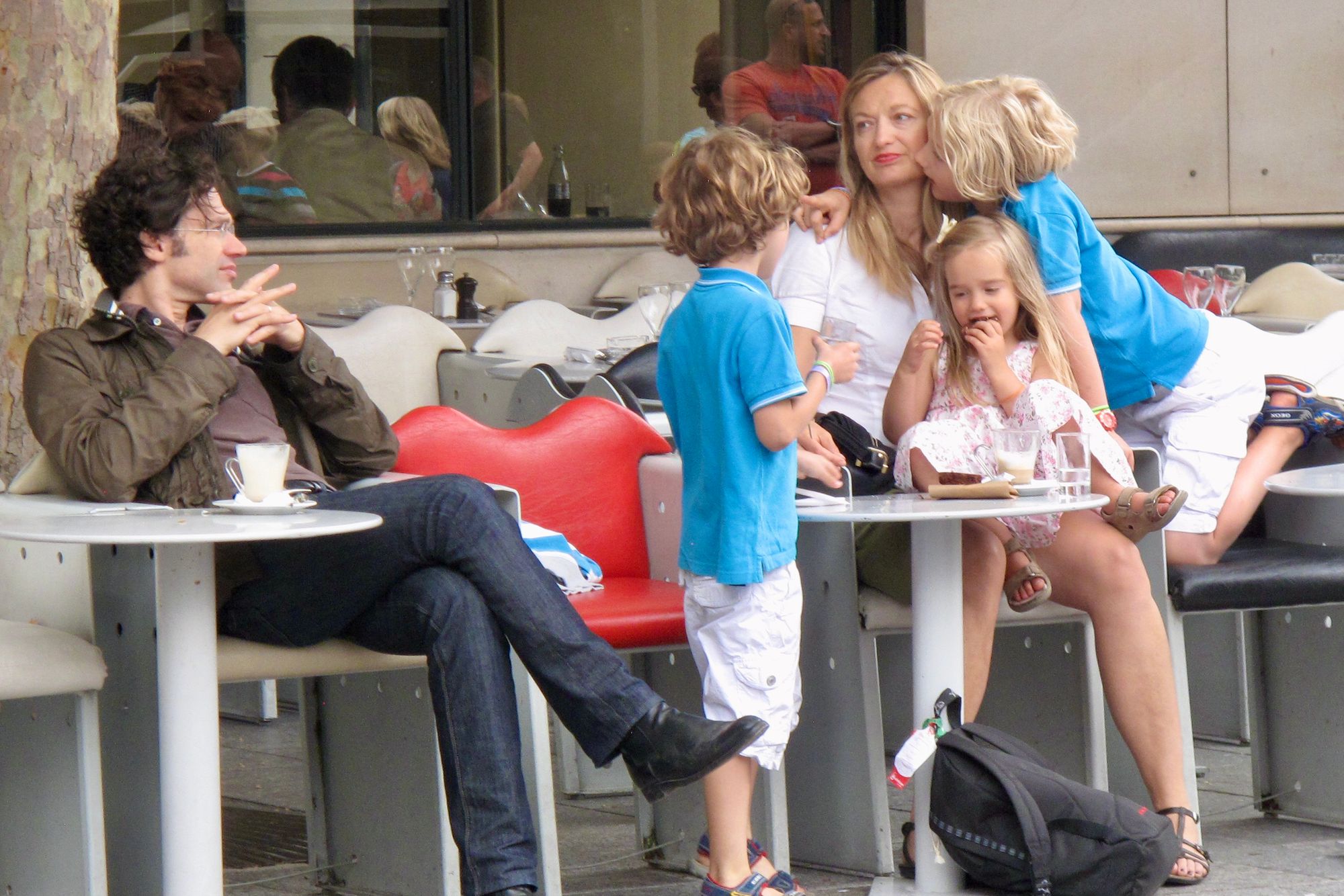
Recording the moments
We are inspired to take a photo in places that we enjoy and of which we want to create a lasting memory. Therefore, people taking photos in a particular place is a good sign that they value it. With the popularity of "Instagrammable" sites, it is often female influencers who have propelled the popularity of many destinations.
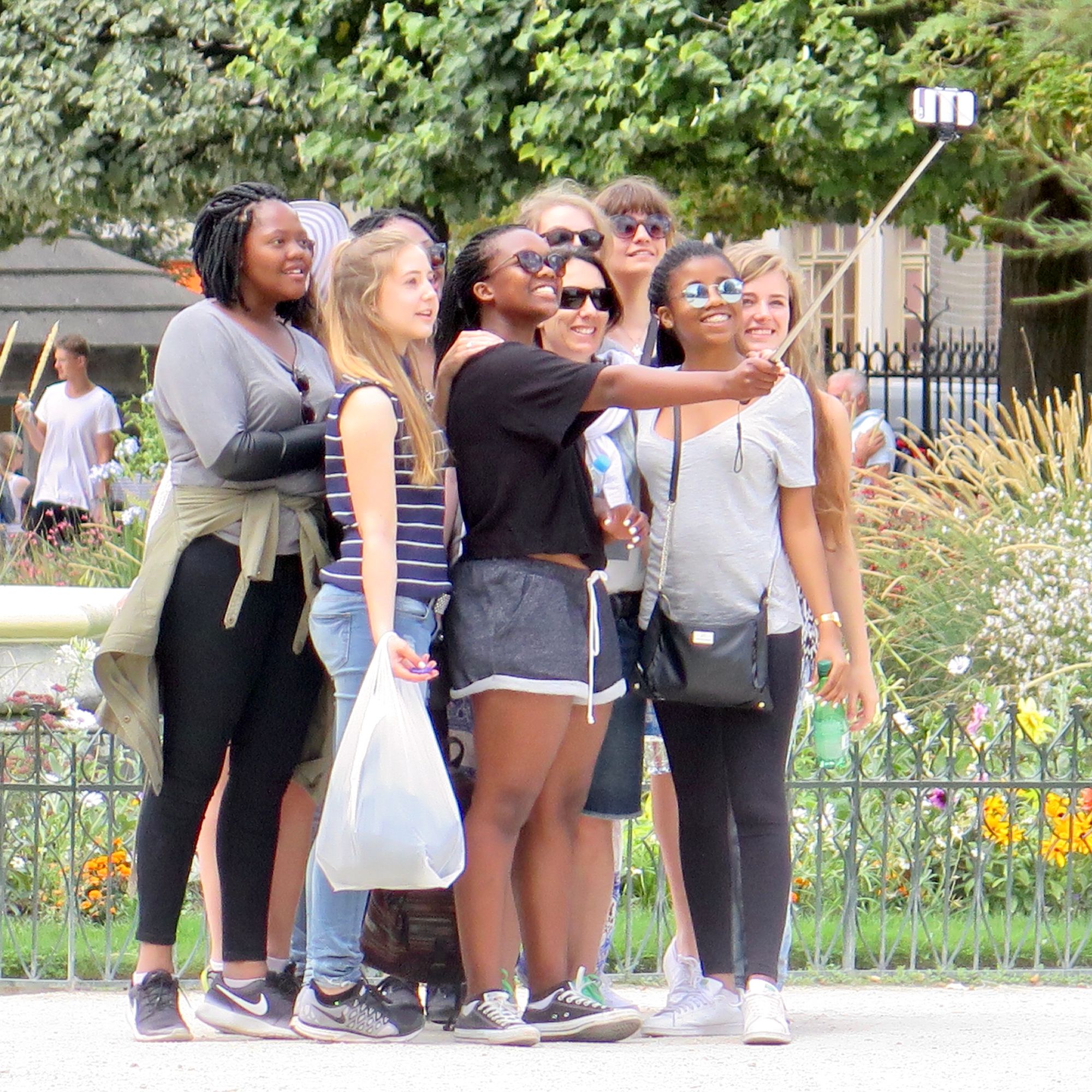
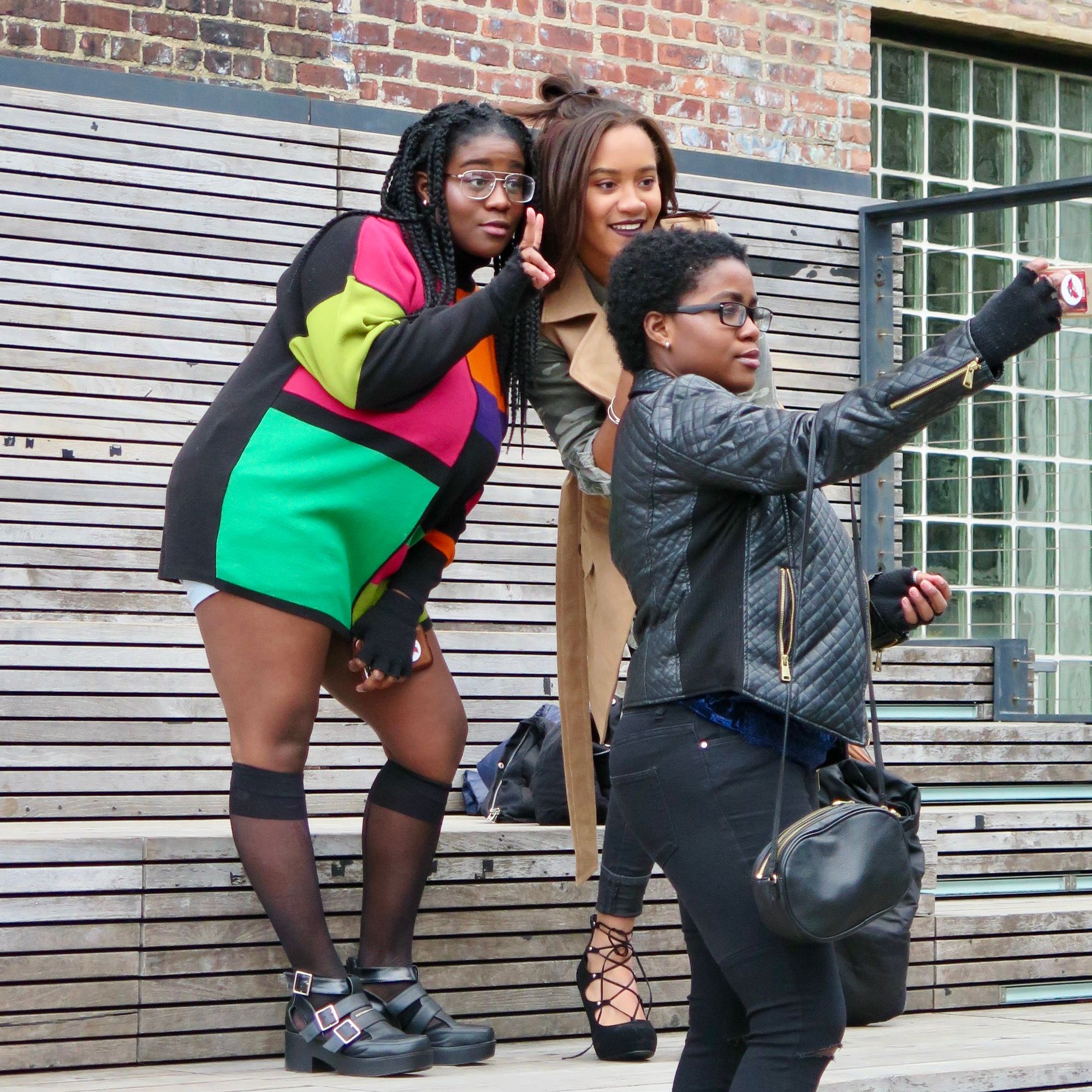
Women are at the heart of thriving social places. Their presence indicates that a place is welcoming and comfortable, their activity and social interactions breathe life into it, and their know-how fills places with art, goods, and value. We must therefore create places that women want to be in by listening to what they need, want, and enjoy.
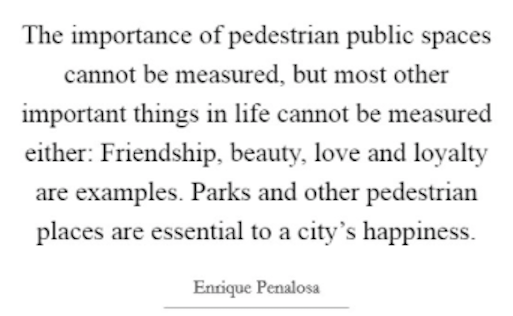
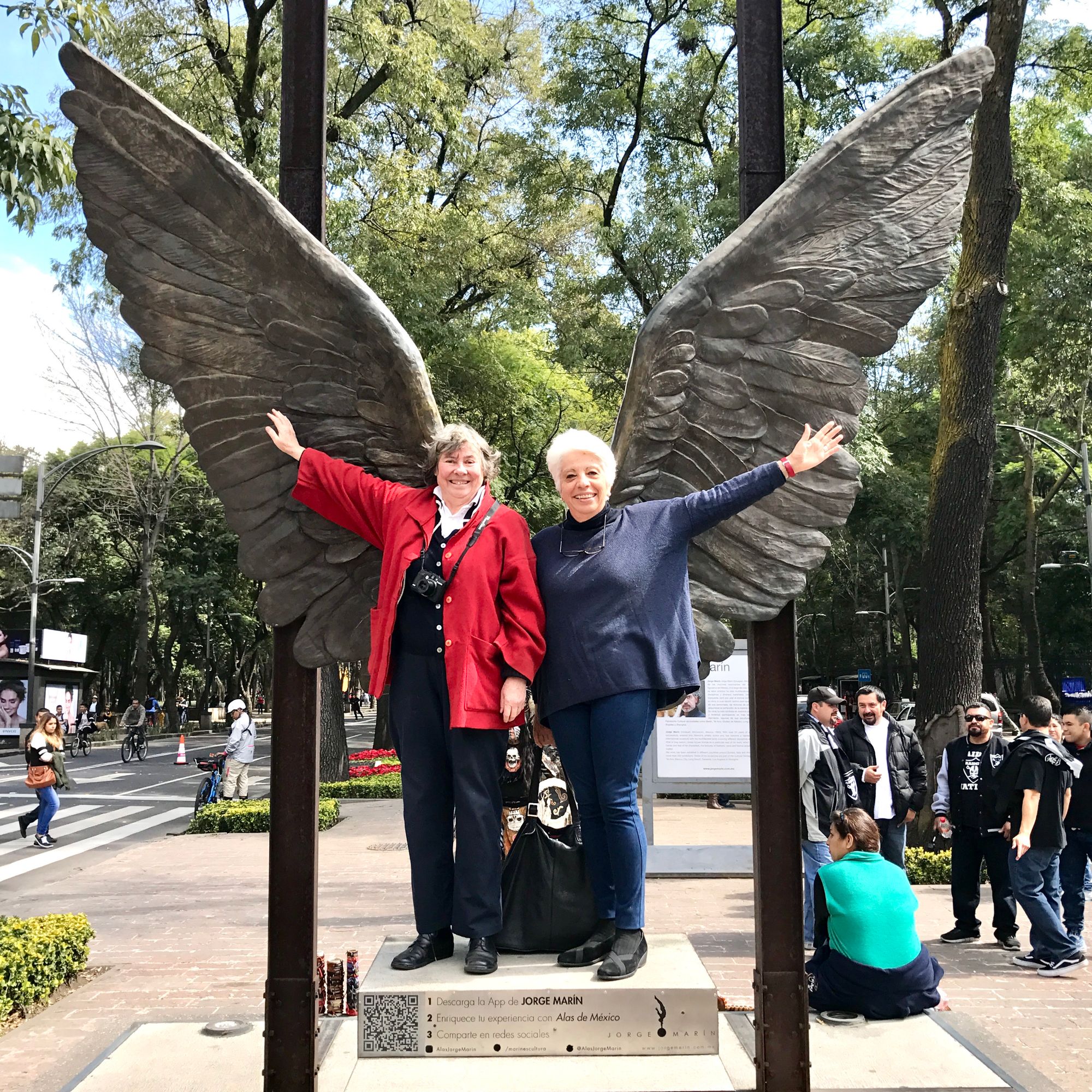
Related Articles:


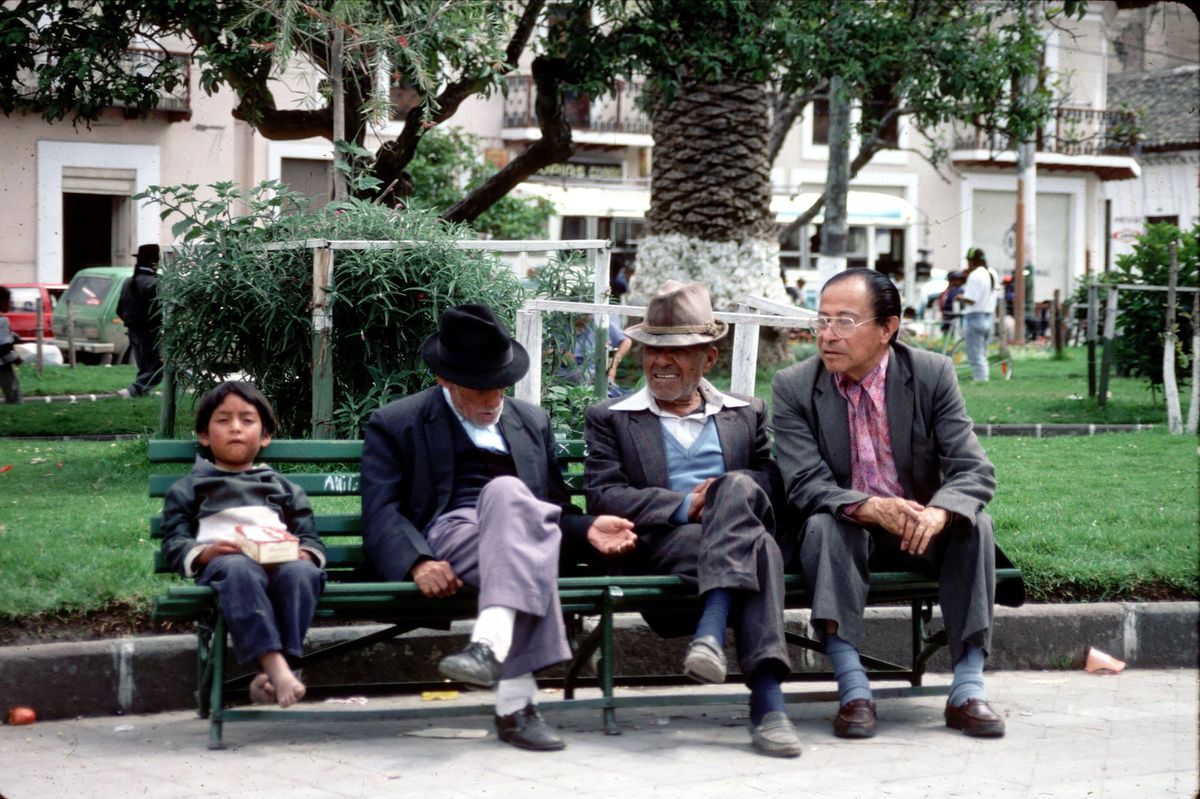
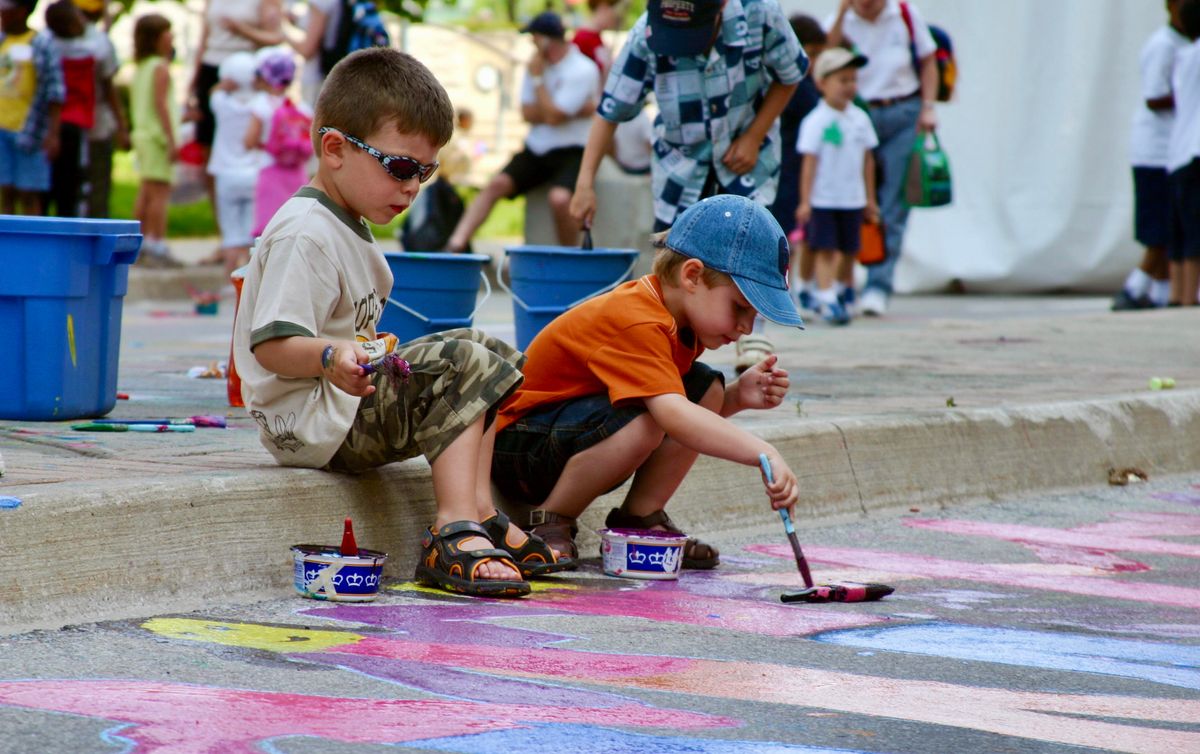

The Placemaking Movement
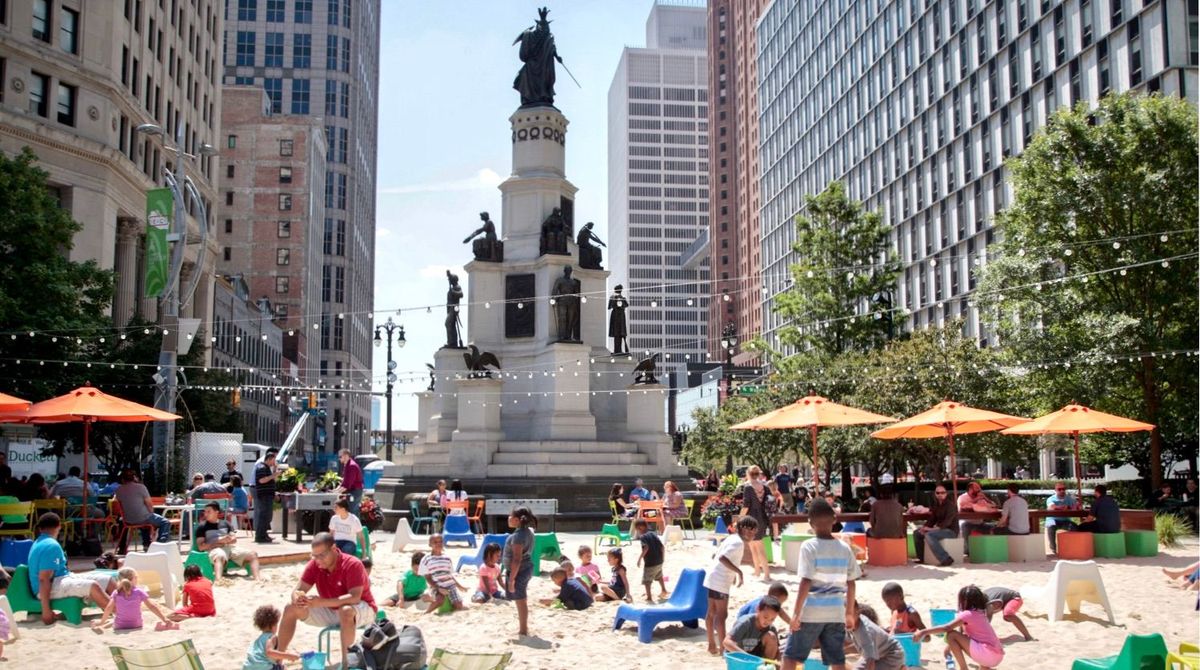
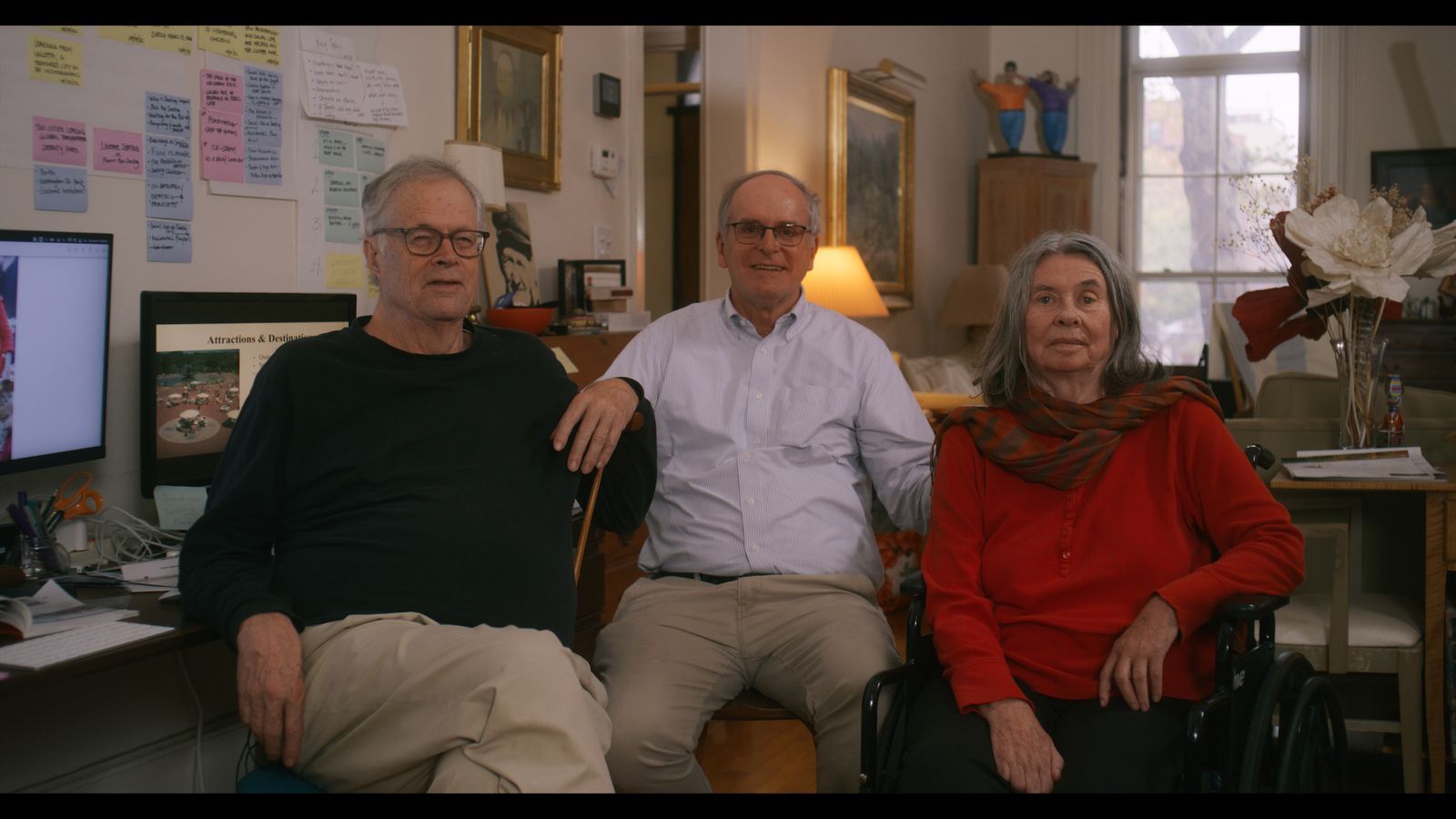
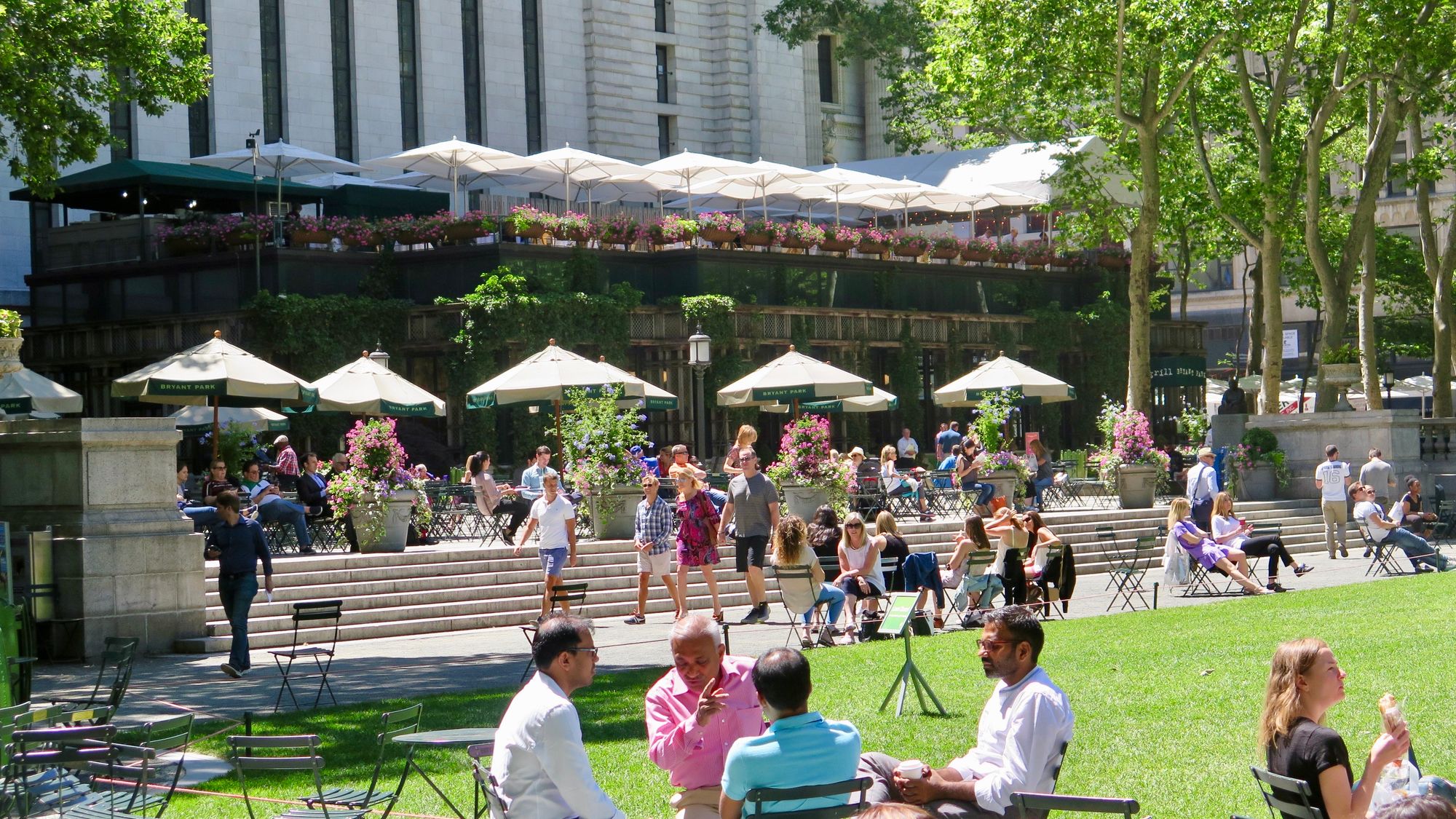
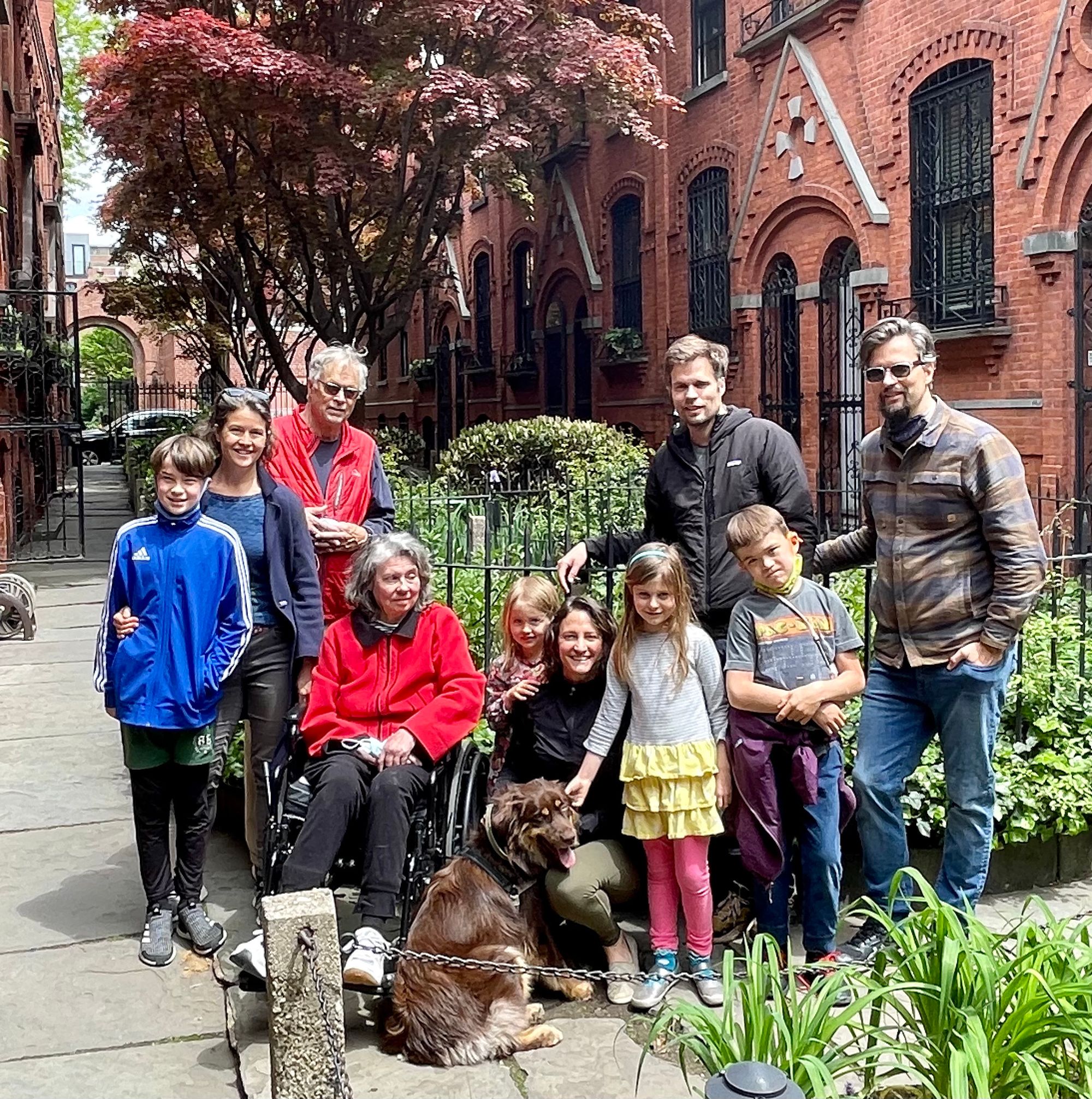
"There are more and more of us fighting for a different vision of the world—a world that takes care of our most precious resources: the air we breathe, the water we drink and the places we share." Mayor of Paris France


